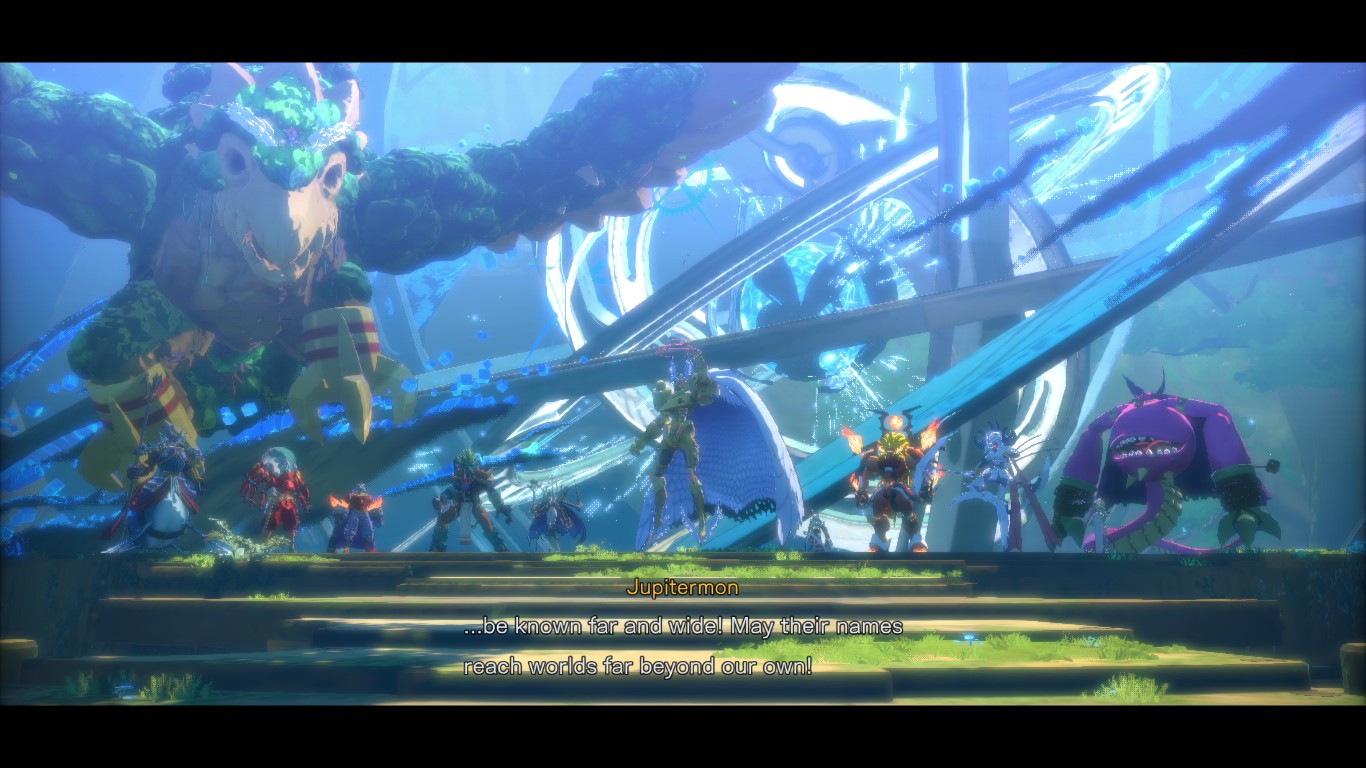Digimon Story: Time Stranger
24 October, 2025
This post contains spoilers for Digimon Story: Time Stranger. If you have not beat the game yet, and care about avoiding them, please click away.
Digimon Story: Time Stranger’s story drew my attention for being very explicitly both a time travel story and an isekai one, with gameplay elements set in both two worlds and two time periods, eight years apart from one another. Also, as it’s a digimon story game, I’d have played it regardless.
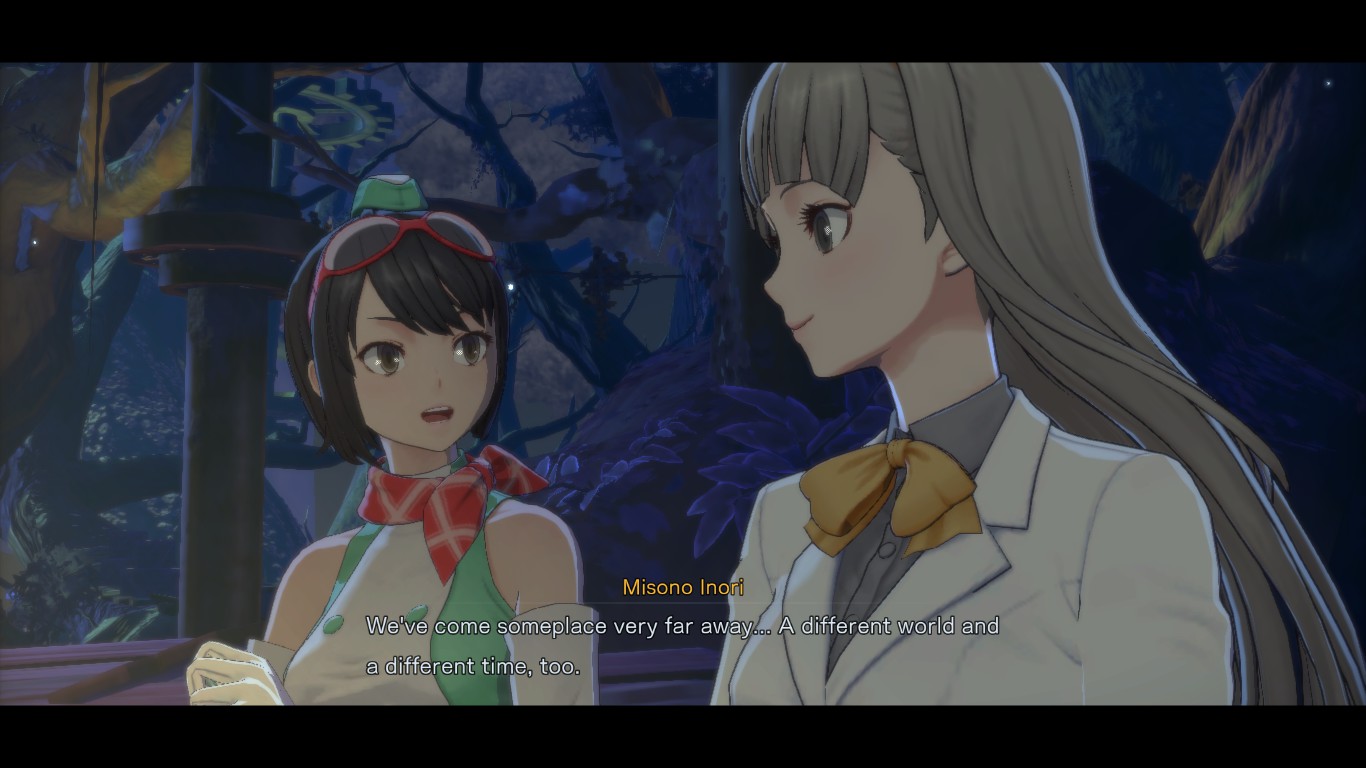
In terms of gameplay, the long development cycle and being the sixth game in its series have paid dividends; after many iterations, Bandai Namco has very much mastered the formula. It plays very much like its predecessors, and like other turn-based monster raising RPGs; I think it’s kind of a shame that the main Digimon gaming series has moved away from more innovative forms of gameplay, but on the other hand the clock in Digimon World and its successors always makes me nervous; real time and limited life expectancy can be a scary combination.
Nearly every digimon at least has a viable niche, and one isn’t pressured towards using fixed damage and penetrating attack digimon like in its predecessor, Cyber Sleuth. I kind of regret using so many in-battle items, and in retrospect perhaps my first run should have been a no-item one, but even with them, I had my share of fights in which I needed a second try or an altered team composition to win. Manually setting your moveset and every digimon getting four techniques, in addition to a species-specific special move, offers a lot of opportunity for strategy. There’s even mega and mega+ difficulties to add to the challenge after you beat the game the first time, although as of this writing, perhaps I jumped into the latter too soon…
If I have a single complaint, it’s the performance issues. It’s possible that my old computer is what deserves the blame, but I’ve seen various complaints on the forums, as well; still, I liked it game enough to put up with it occasionally running to a halt and having to reopen it.
But this isn’t a video game blog, and the reason I’m talking about this is because its a digimon game it has a fantastic story.
The boundary between time travel stories and isekai ones is an inherently fuzzy one; it is not always clear if a protagonist who goes to another world is in fact merely experiencing another time period, and both can be dramatically different from the world we know. For instance, Kaminaki Sekai no Kamisama Katsudou appears at first to be a proper isekai, only to reveal its far future setting later on, while series such as Inuyasha and Ima, Soko ni Iru Boku often appear on lists of isekai titles, and both combine fantasy elements with at least notionally set in the past and future, respectively, of our own world.
The player character is initially introduced simply as an agent of the organization Adamas, but we learn throughout the story that they are neither human nor digimon, although taking the form of the former, and ultimately doing the bidding of Homeostasis (who is usually just referred to as ‘a higher being’ in the narrative); a role very similar to Adventure’s Gennai.
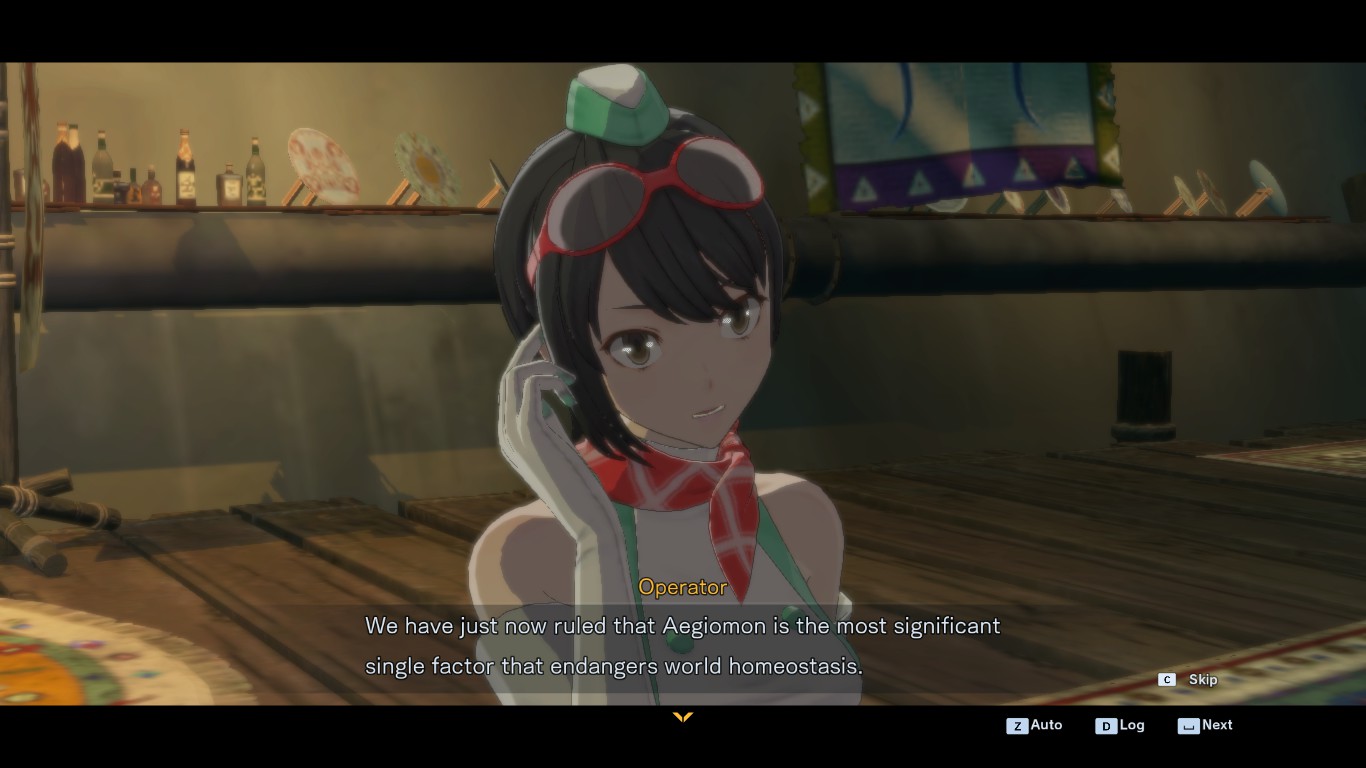
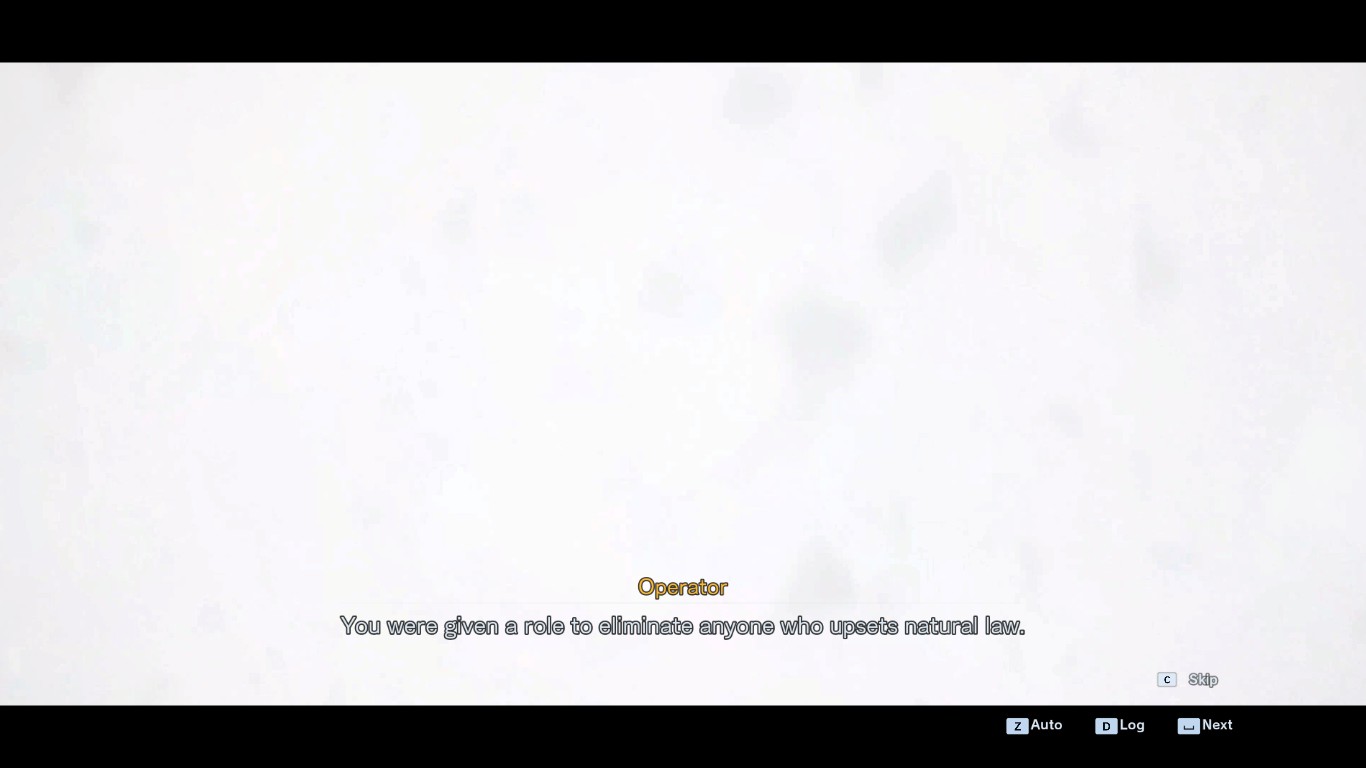
The story centers around a three-sided war between Titans, other digimon, and humans, with the use of a human weapon in Shinjuku ultimately destroying the world, and your character frequently shifts roles between fighter and diplomat.
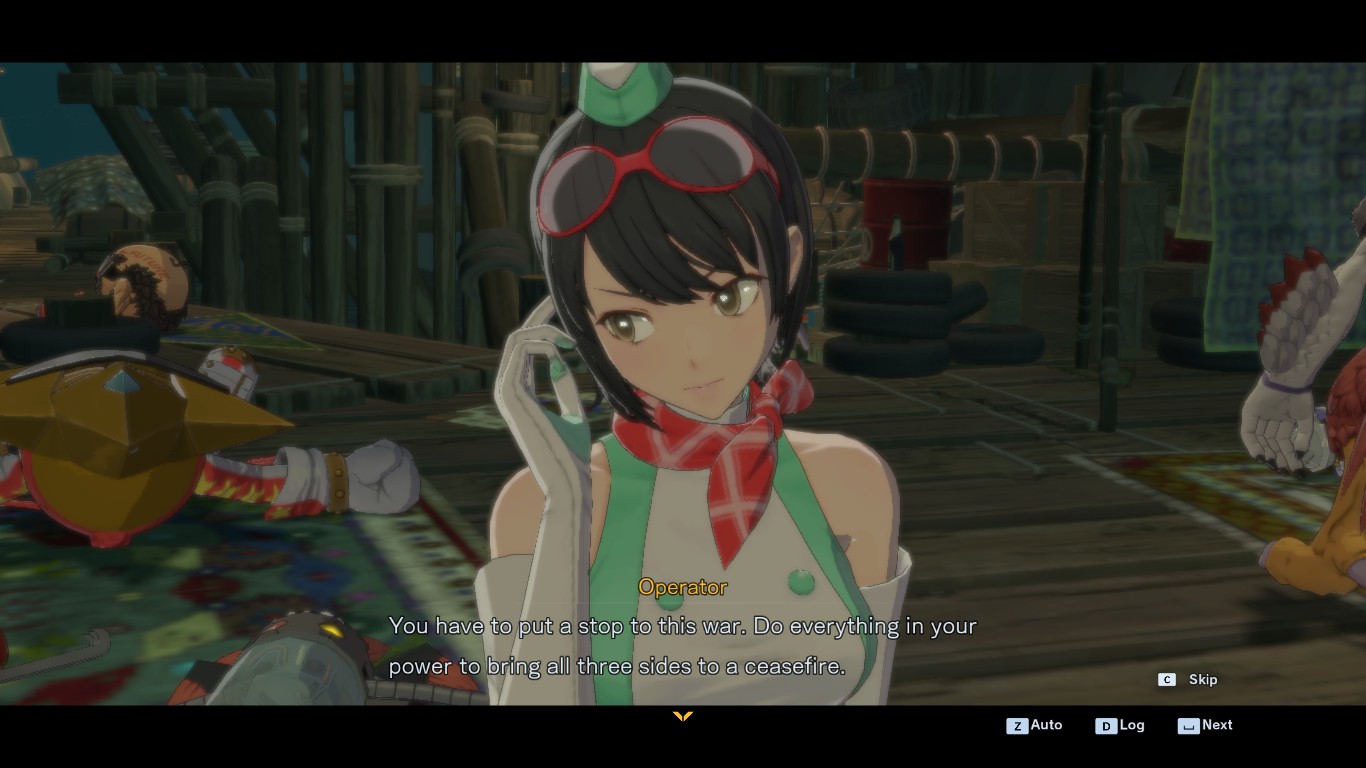 The story certainly recalls Savers’ themes of first contact gone wrong, brutal warfare, and humanity’s own misdeeds, along with a Mercurymon wary of humans in charge of a major digimon settlement.
The story certainly recalls Savers’ themes of first contact gone wrong, brutal warfare, and humanity’s own misdeeds, along with a Mercurymon wary of humans in charge of a major digimon settlement.
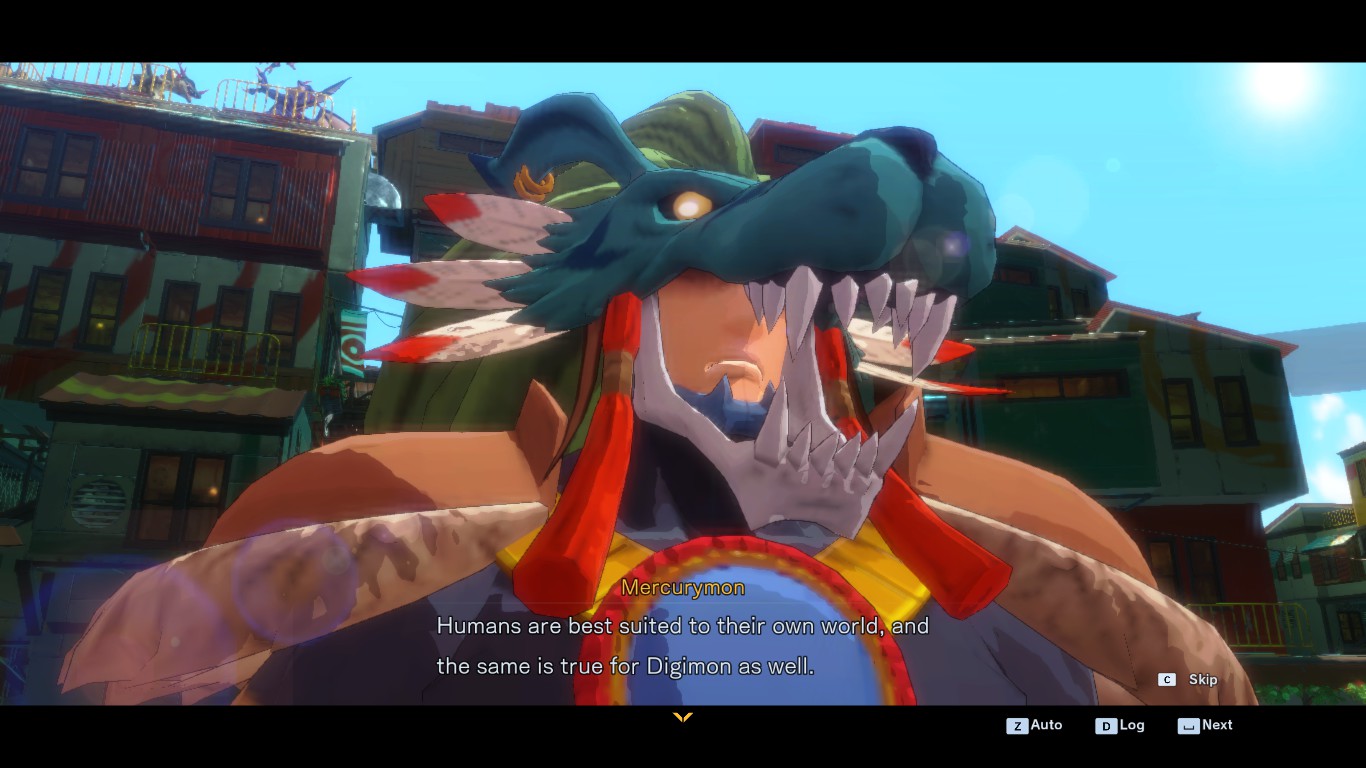
That said, I’ve yet to witness a digimon series where any human world government, let alone Japan’s, is unambiguously good. Like many time travel stories (perhaps most, these days; Steins;Gate is probably the most famous example), your goal is to change history to prevent this outcome… and to protect the people and digimon you care about.
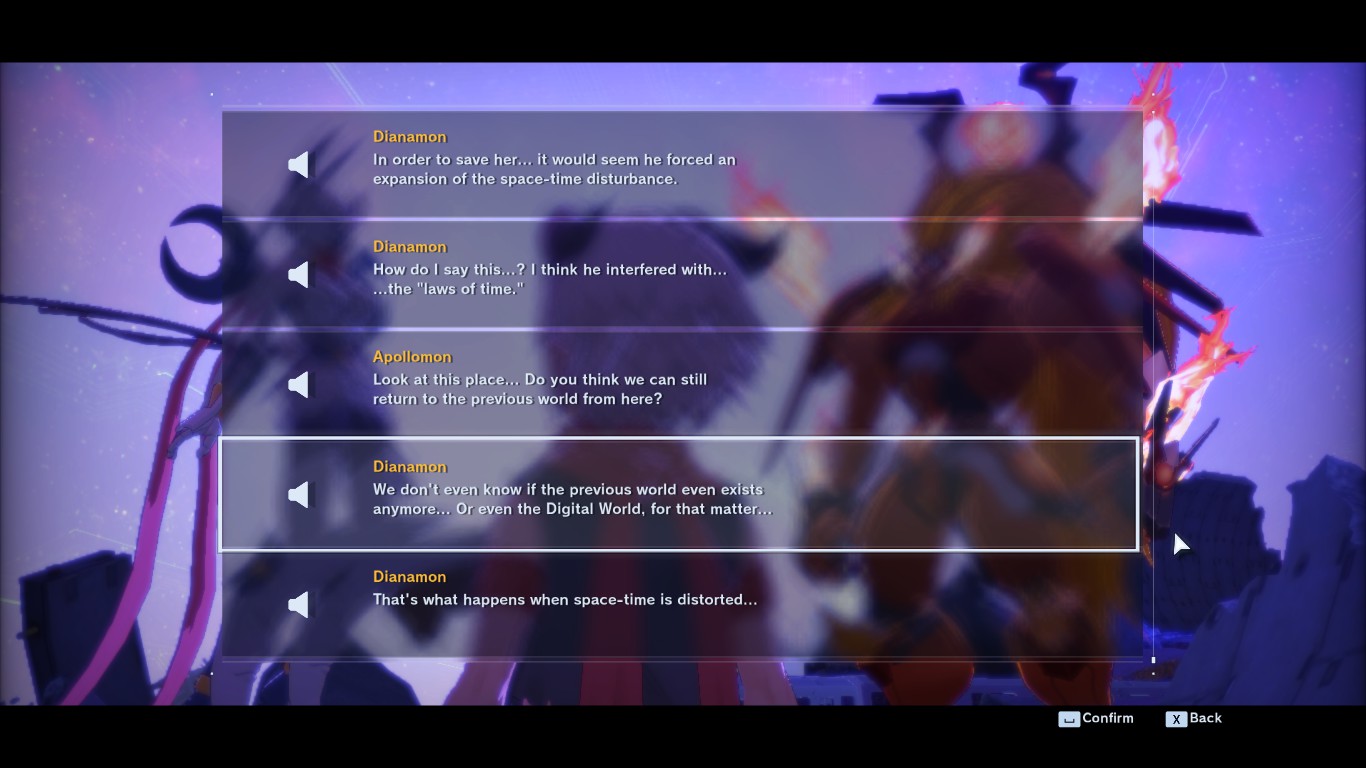
Time Stranger is well aware it is only the latest entry in a long series, and is full of charming little references to what came before it. There’s a Guilmon sidequest at a certain park in Shinjuku (no screencap, my apologies), an Agumon and Tailmon, ala the Yagami siblings, sitting together in the background of Central Town, with a Piyomon and Palmon in the distance…
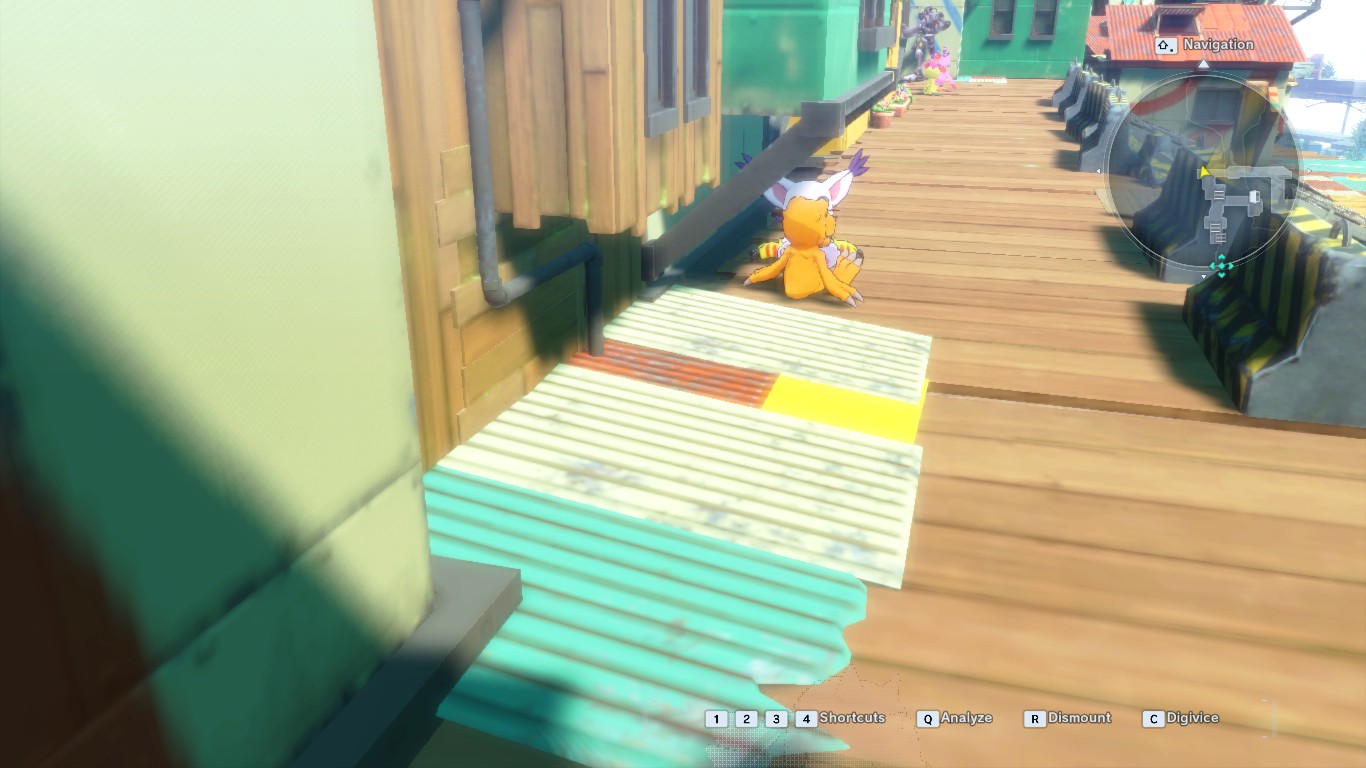
A Starmon and Revolmon playing cards in a tavern, ala the end of a certain 02 episode…
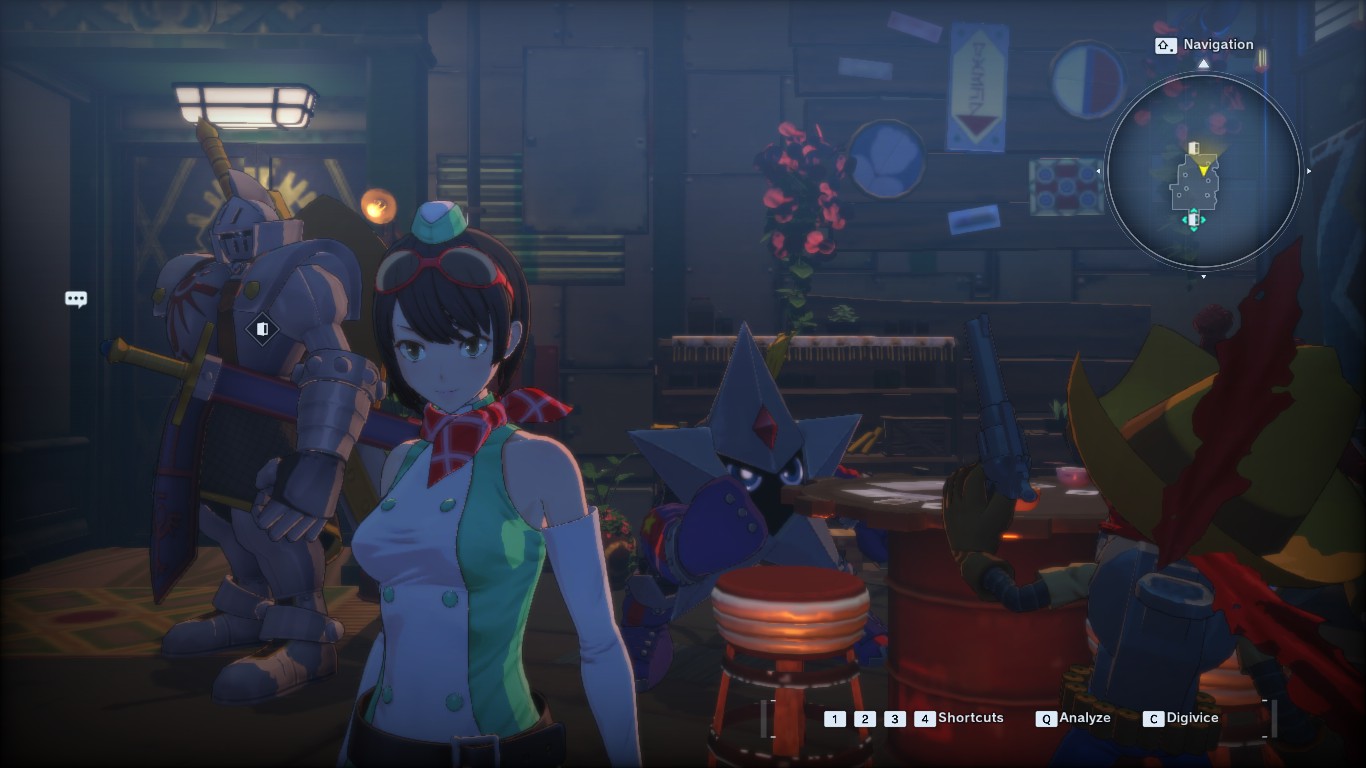
And a Hangyomon teaming up with a Dagomon, ala the very next one. (admittedly, this might be a stretch, as there are only so many places to put aquatic digimon; still, as someone who grew up in the same state as Innsmouth, this Hangyomon has done us proud.)
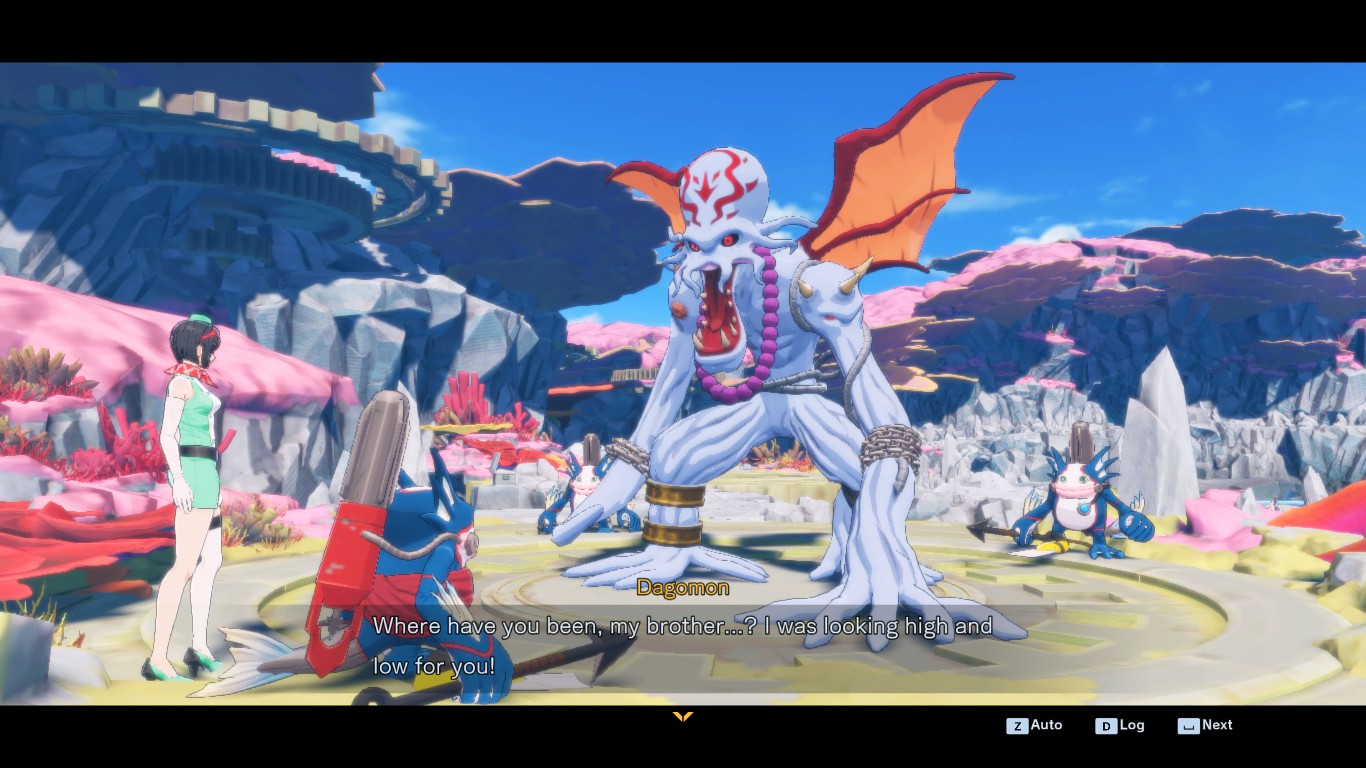
A Nanimon who chickens out of a major battle, although this time as an ally, not an enemy...
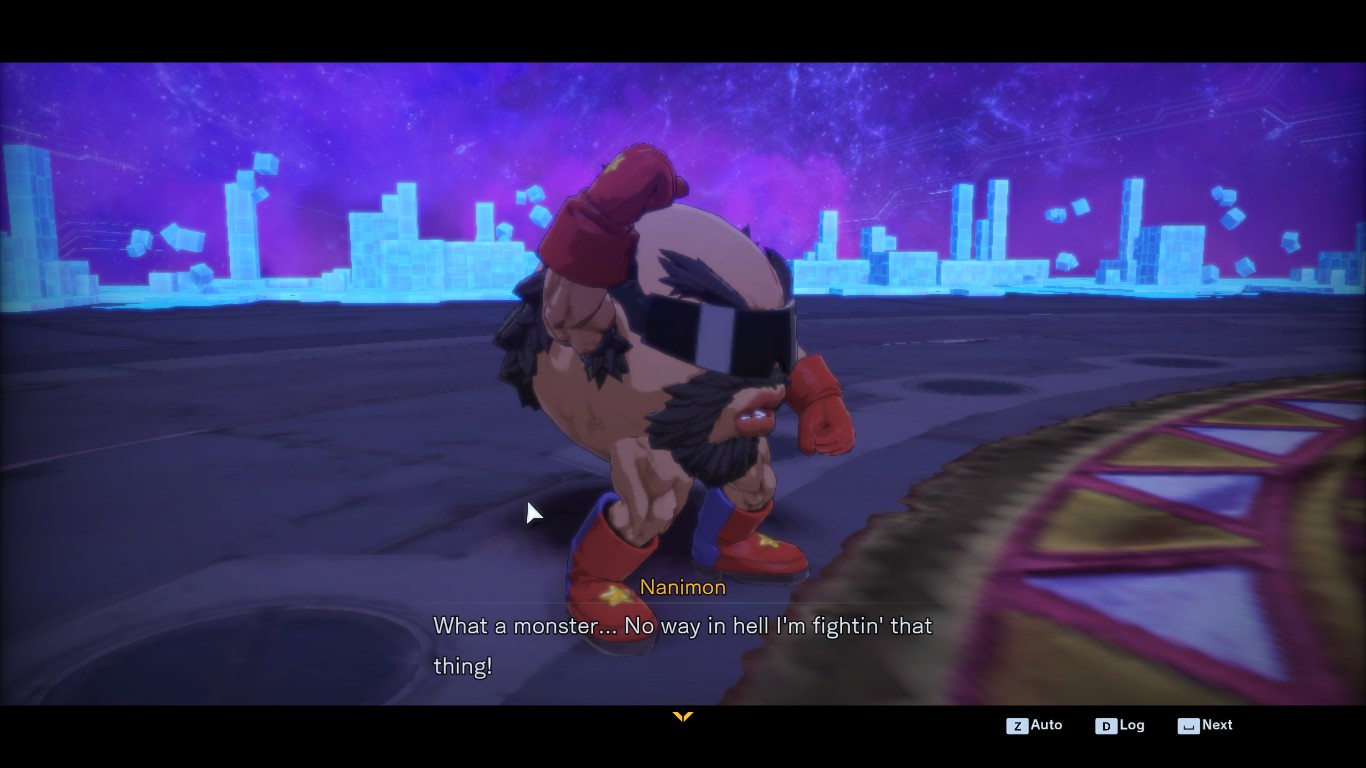
And even a whiteboard which looks suspiciously like the one in Cyber Sleuth, found in a location associated with one Kodai Kuremi, who has a daughter. Alas, the Royal Knights sidequests show us no connection between said daughter and Alphamon; I’m hoping the DLC will fix that, as it seems like perfect side story material.
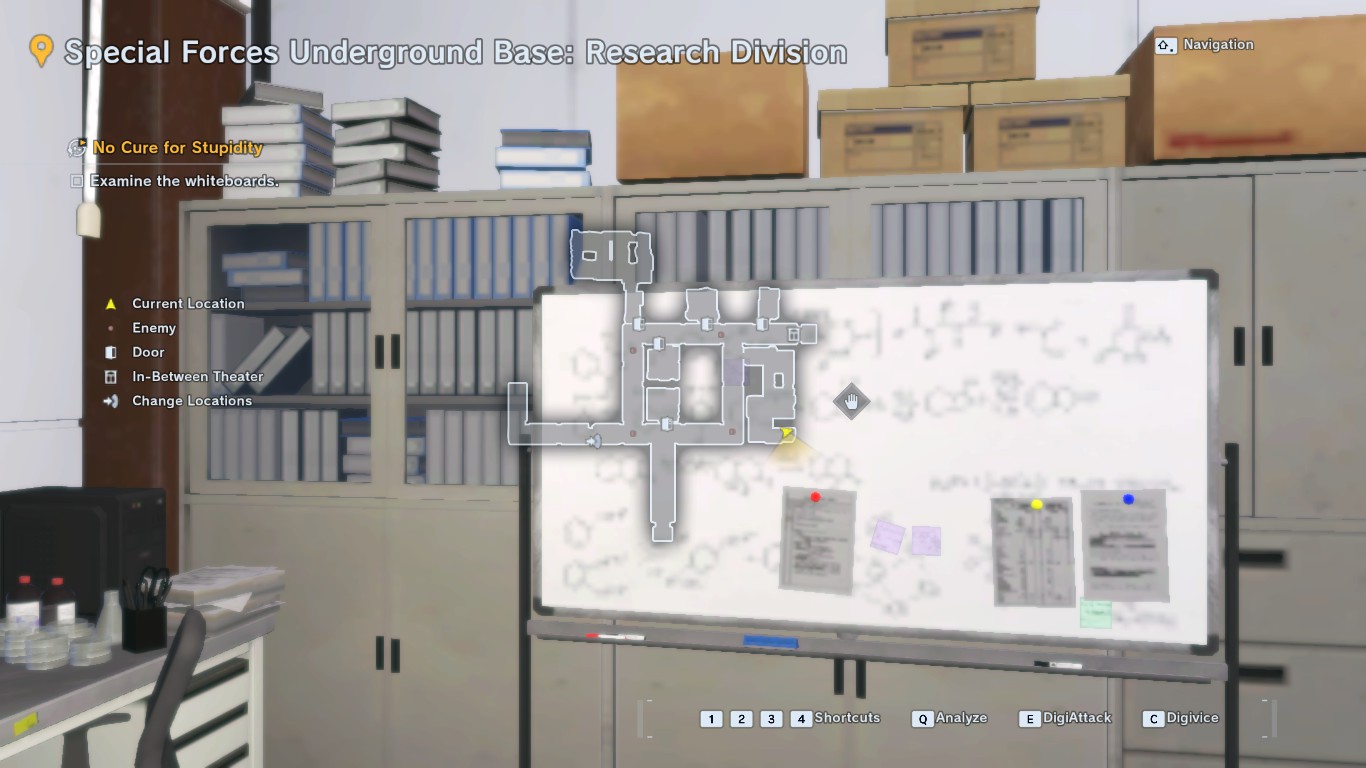
Much of the story centers around the relationship between a human girl, the kind-hearted, aptly-named Inori, and her partner Aegiomon, to the point where the protagonist, at first, feels almost like a side character. A mysterious, stolen egg (which ultimately gives the player character their nickname) hatches in the human world…
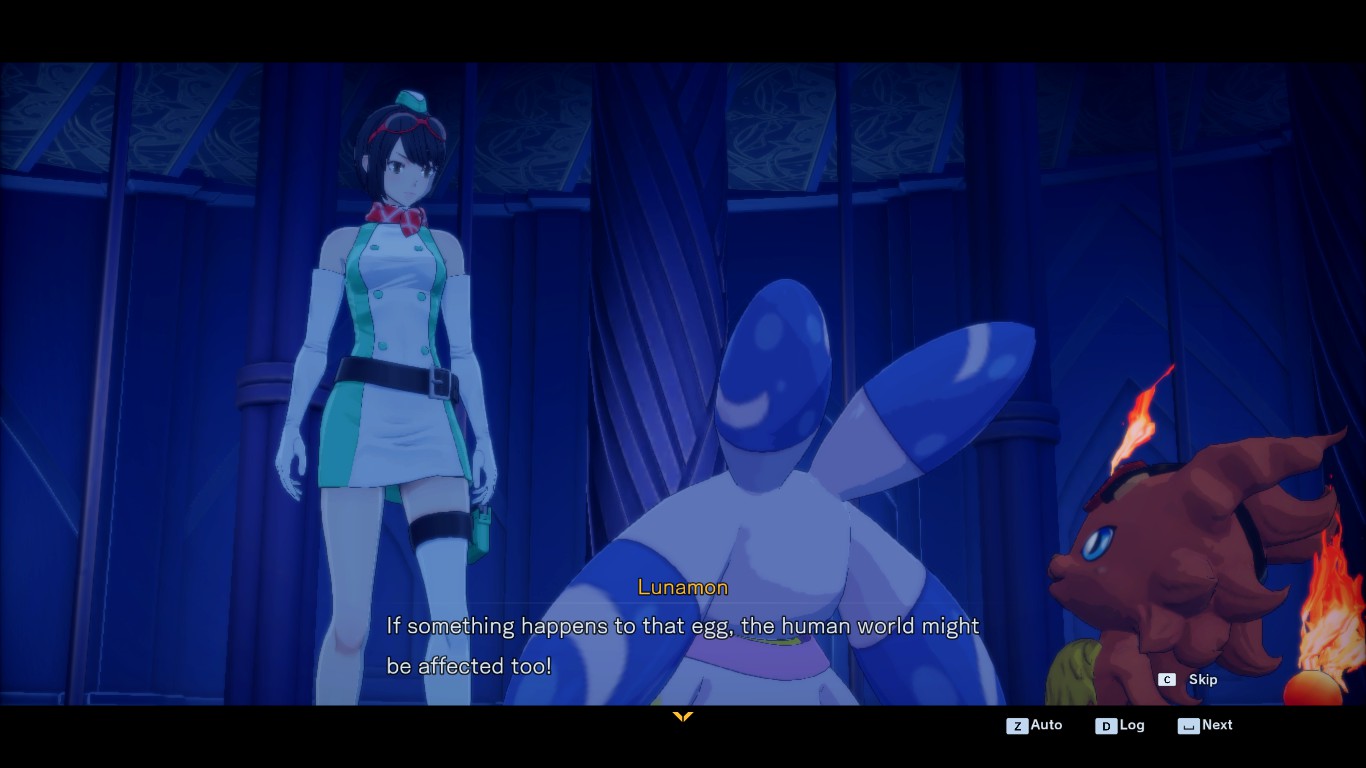
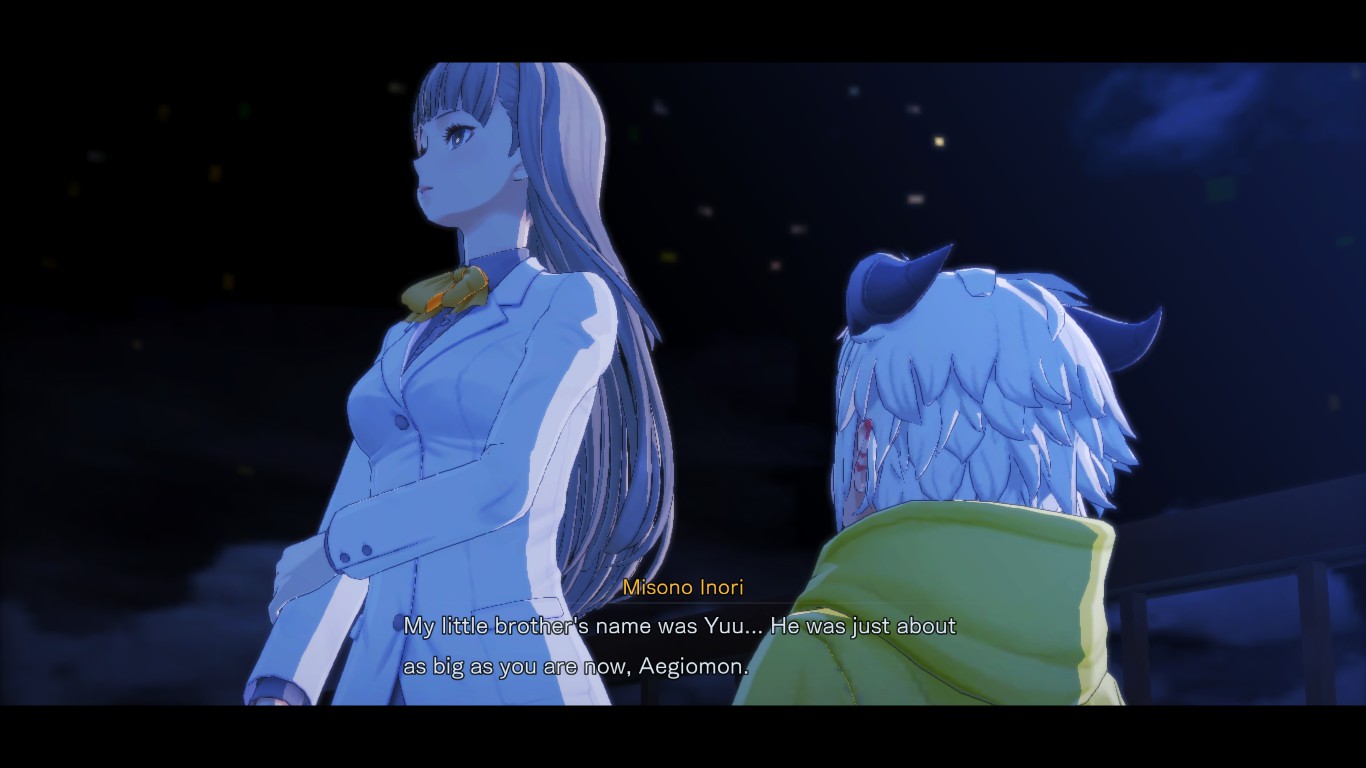 Aegiomon has to go around disguised as a human boy, terrifying his playmates (who later apologize) in a heartbreaking scene when his hat blows off in battle.
Aegiomon has to go around disguised as a human boy, terrifying his playmates (who later apologize) in a heartbreaking scene when his hat blows off in battle.
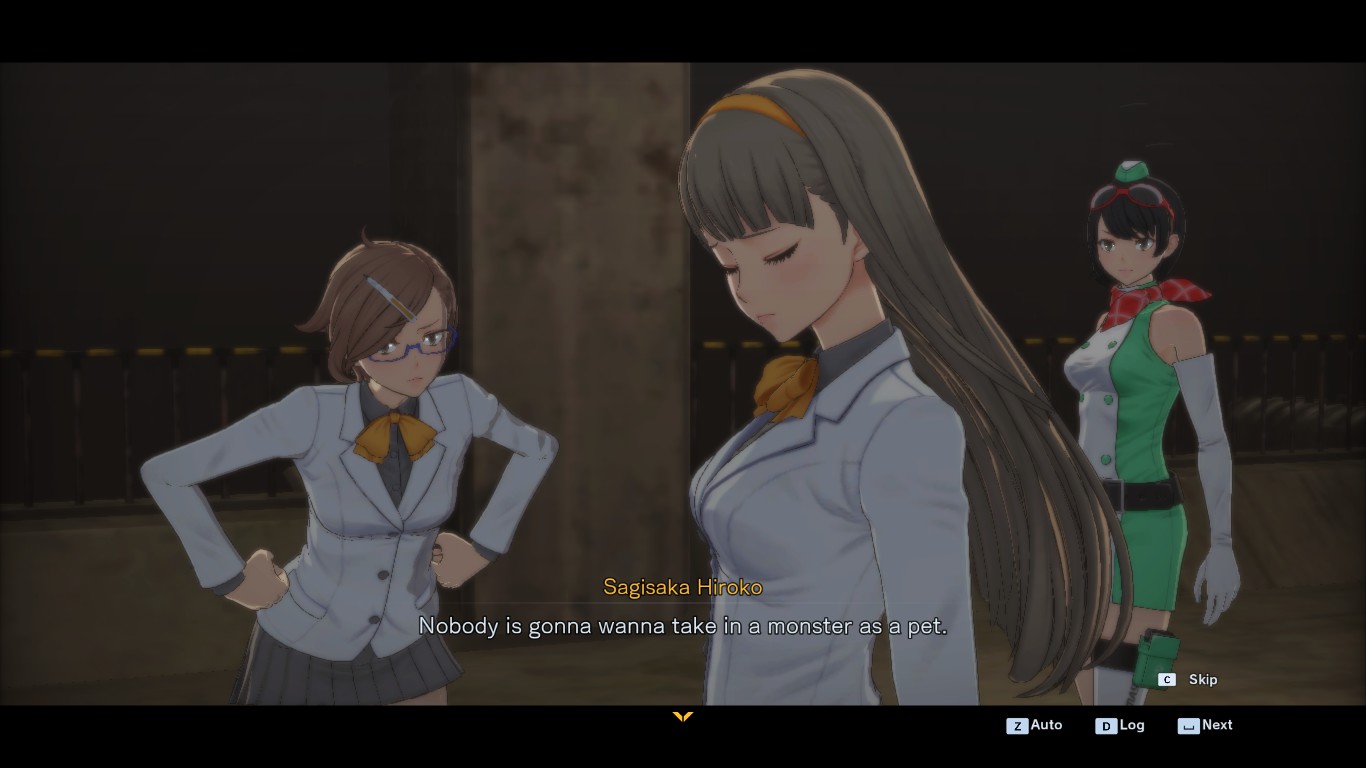
And then humans see the wonder of the digital world – of another world – for the first time.
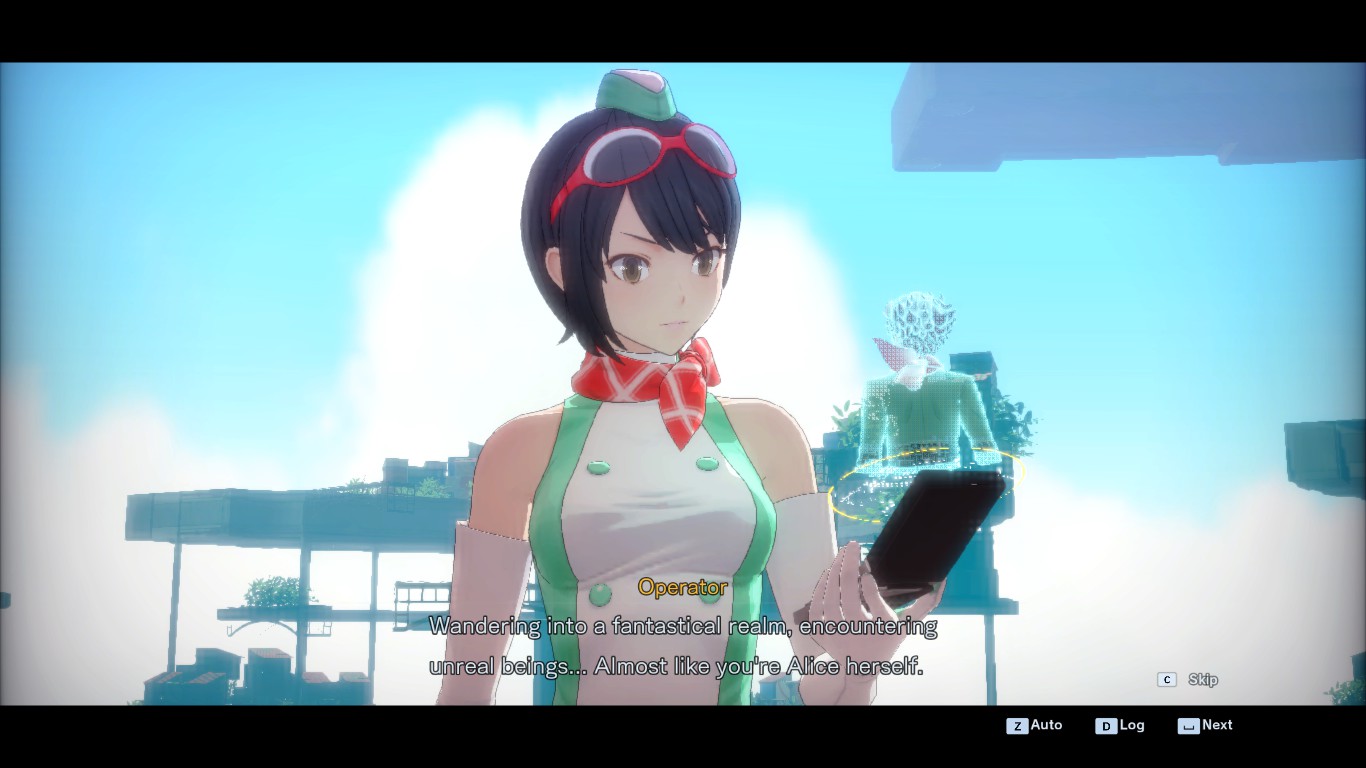
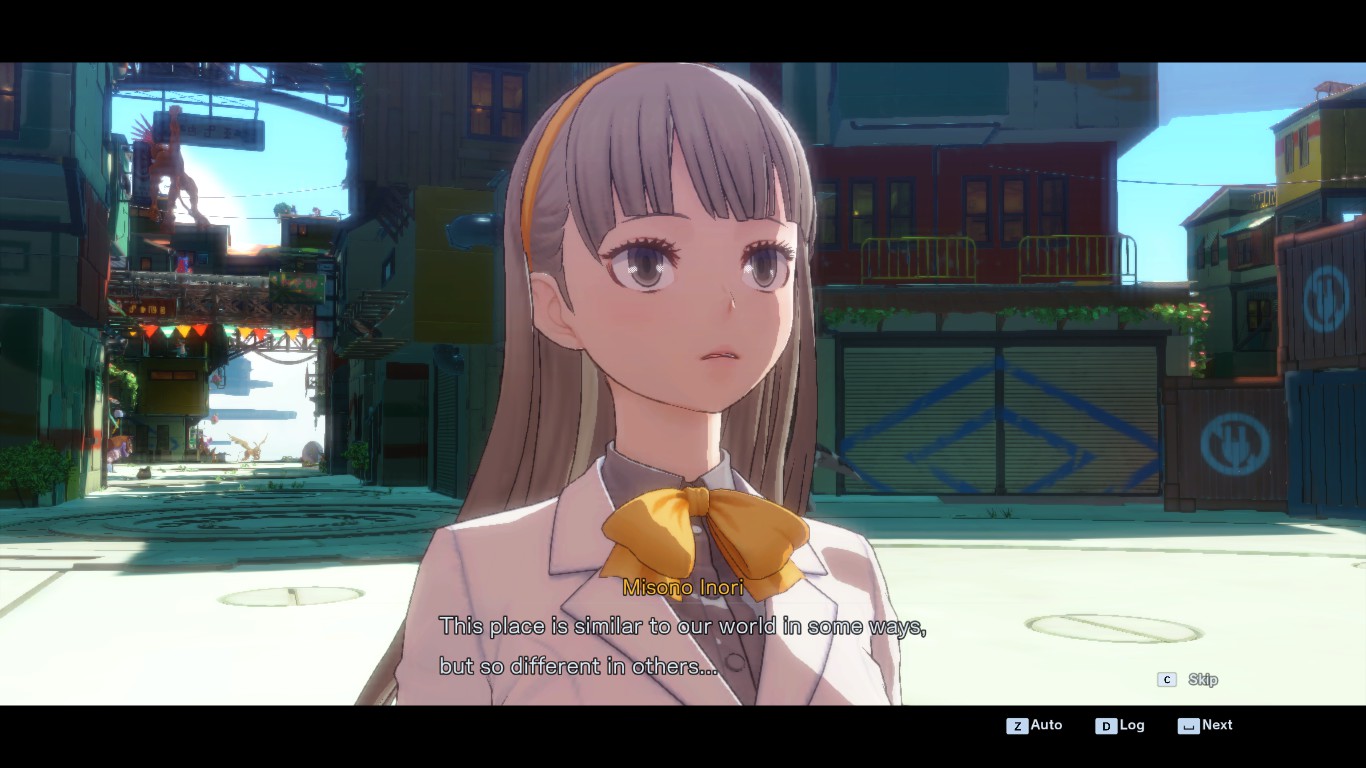 And this is a cultural exchange, not just digimon being cool; Vulcanusmon very much wants to experience Akiba for real.
And this is a cultural exchange, not just digimon being cool; Vulcanusmon very much wants to experience Akiba for real.
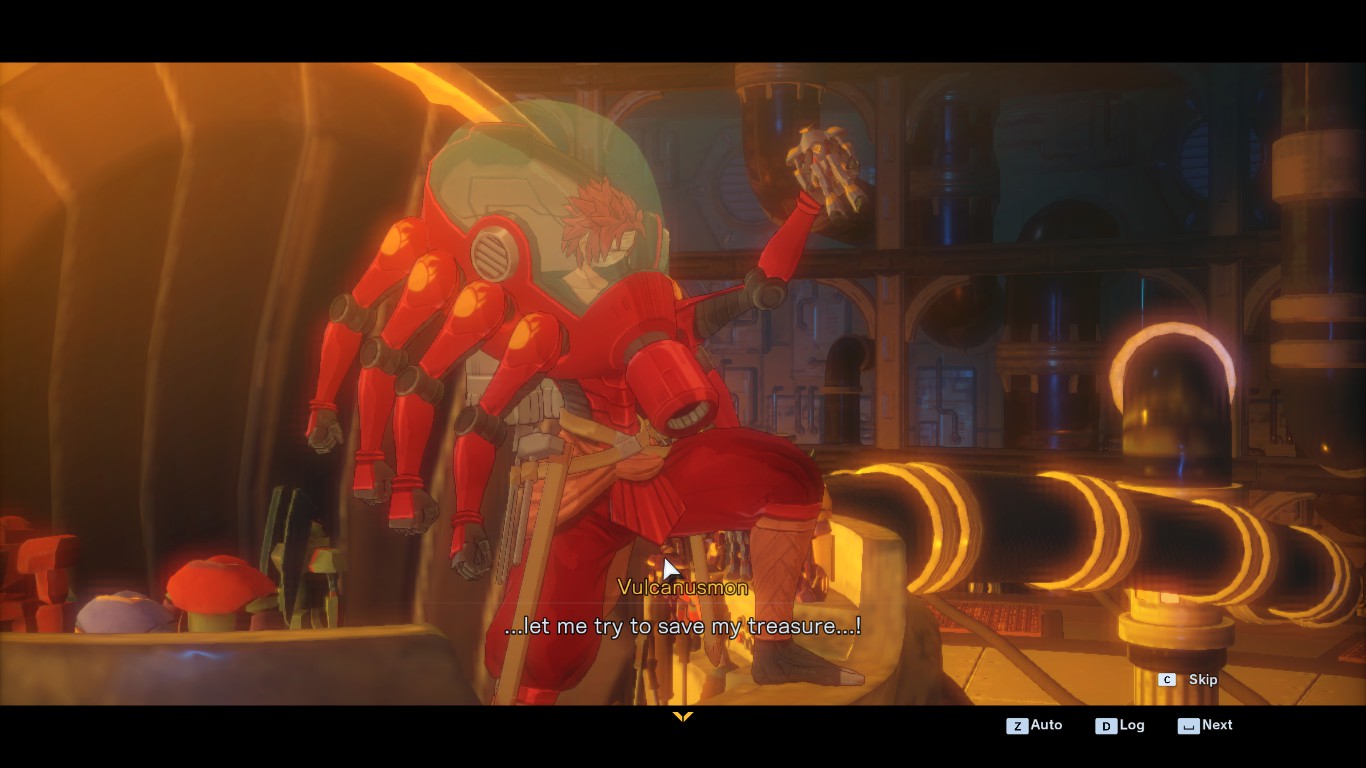
Eight years later, things are much, much worse.
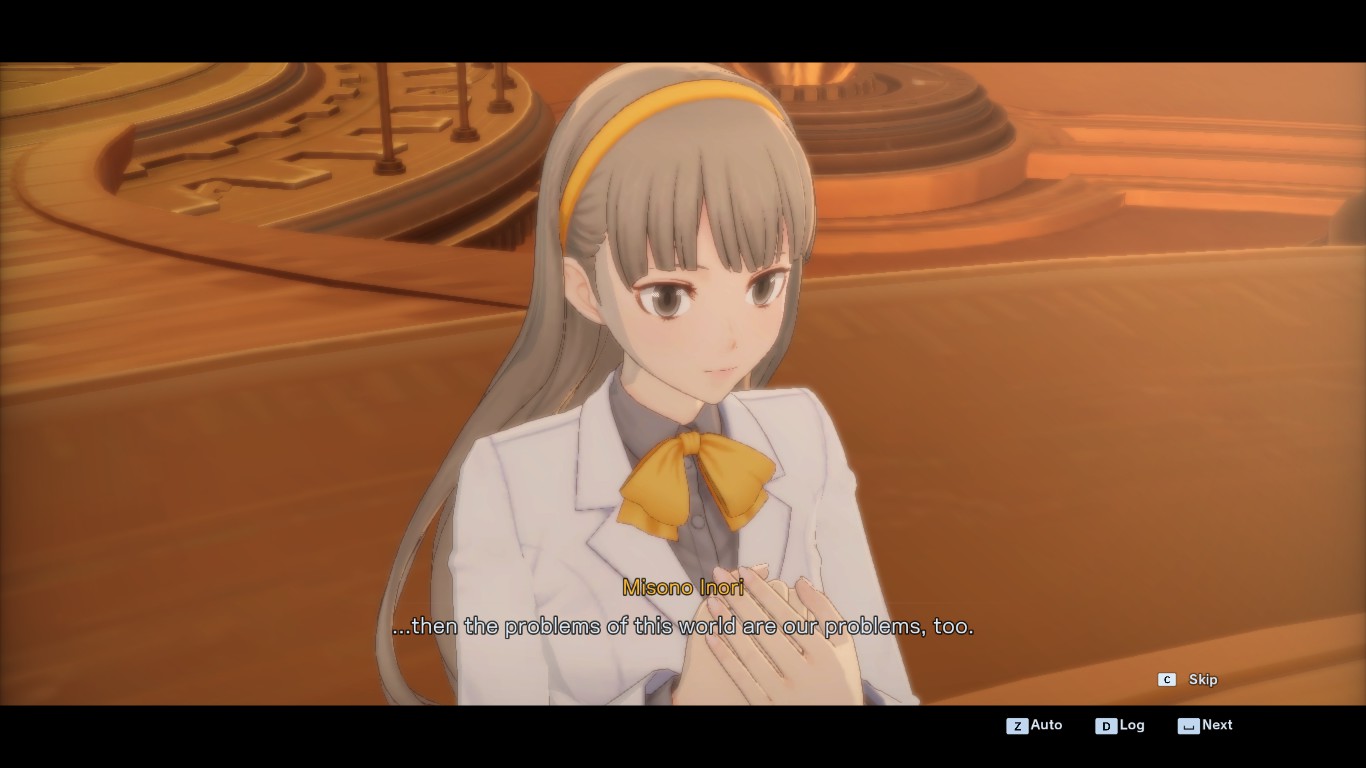 Digimon have come to Earth, many of them as refugees, but they are confined to a ghetto in Shinjuku, and some are abducted and tortured as part of a series of scientific experiments. Time Stranger does not pull its punches when it comes to what humans, especially humans working in Japan’s security forces, are capable of, and the treatment of Earth digimon recalls many of the atrocities of the past, both in Japan and abroad – and the way in which human refugees are frequently and shamefully treated in the present.
Digimon have come to Earth, many of them as refugees, but they are confined to a ghetto in Shinjuku, and some are abducted and tortured as part of a series of scientific experiments. Time Stranger does not pull its punches when it comes to what humans, especially humans working in Japan’s security forces, are capable of, and the treatment of Earth digimon recalls many of the atrocities of the past, both in Japan and abroad – and the way in which human refugees are frequently and shamefully treated in the present.
But this isn’t a story of good vs. evil, with humans cast as the villains. That would be far too simple for any Digimon tale. The war is very much a three-sided one, in which both sides seek human support, and one of the game’s saddest scenes that you don’t get to go back in time to prevent is the result of a digimon on digimon atrocity.
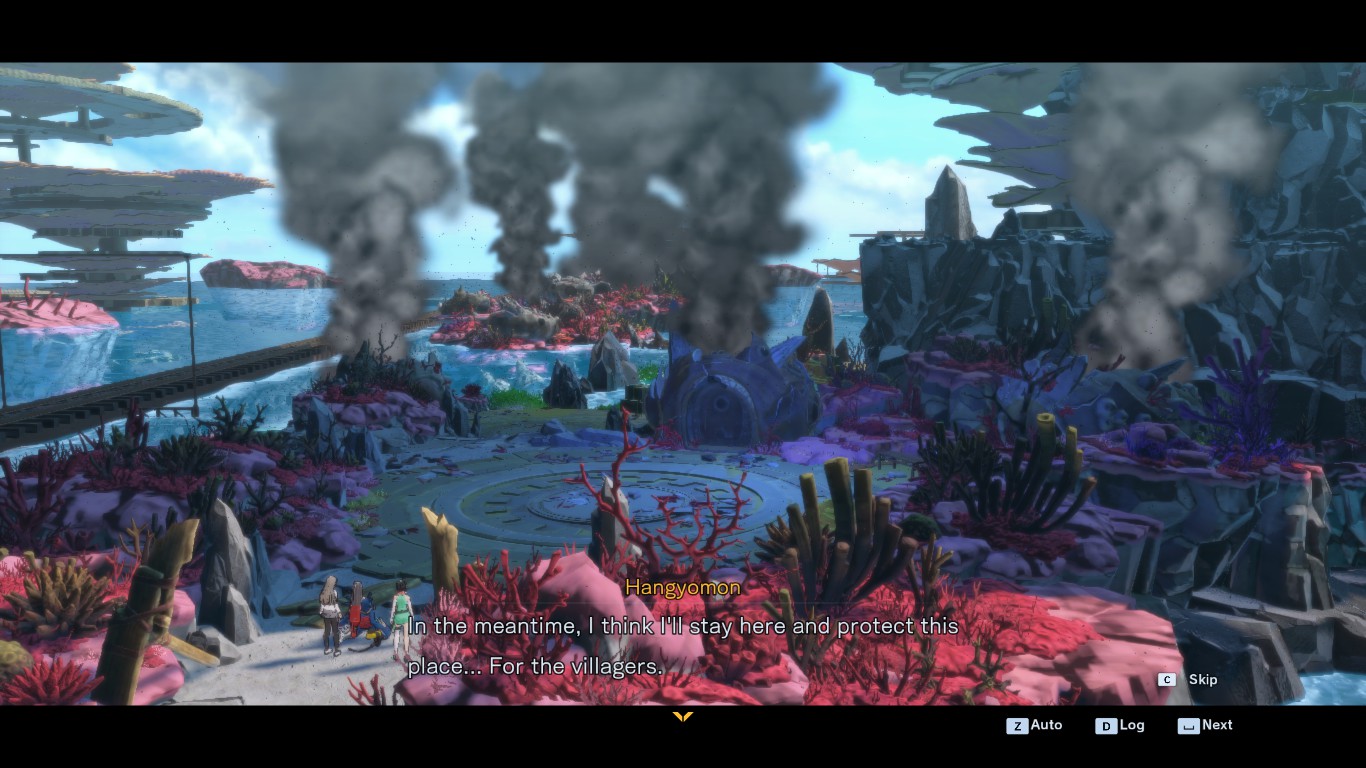 Mercurymon’s faction, which the player sides with, comes across as probably the most sympathetic of the three… but the narrative makes it very clear that the exile of titans to the bleakest parts of the digital world, rooted in a warped mythological narrative, was the foundation of much of their prosperity – and the conflict over the Digital World’s Current brings to mind many a war over land and resources in the present day.
Mercurymon’s faction, which the player sides with, comes across as probably the most sympathetic of the three… but the narrative makes it very clear that the exile of titans to the bleakest parts of the digital world, rooted in a warped mythological narrative, was the foundation of much of their prosperity – and the conflict over the Digital World’s Current brings to mind many a war over land and resources in the present day.
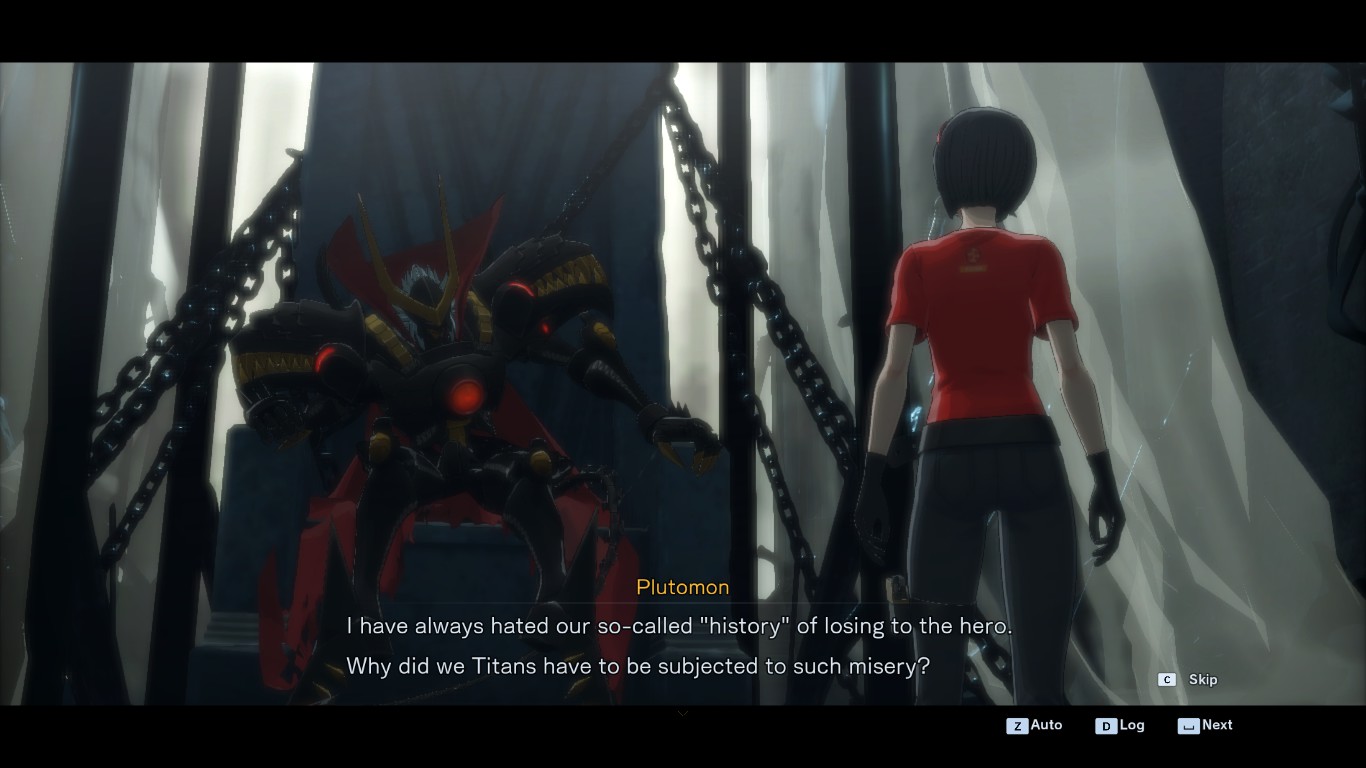
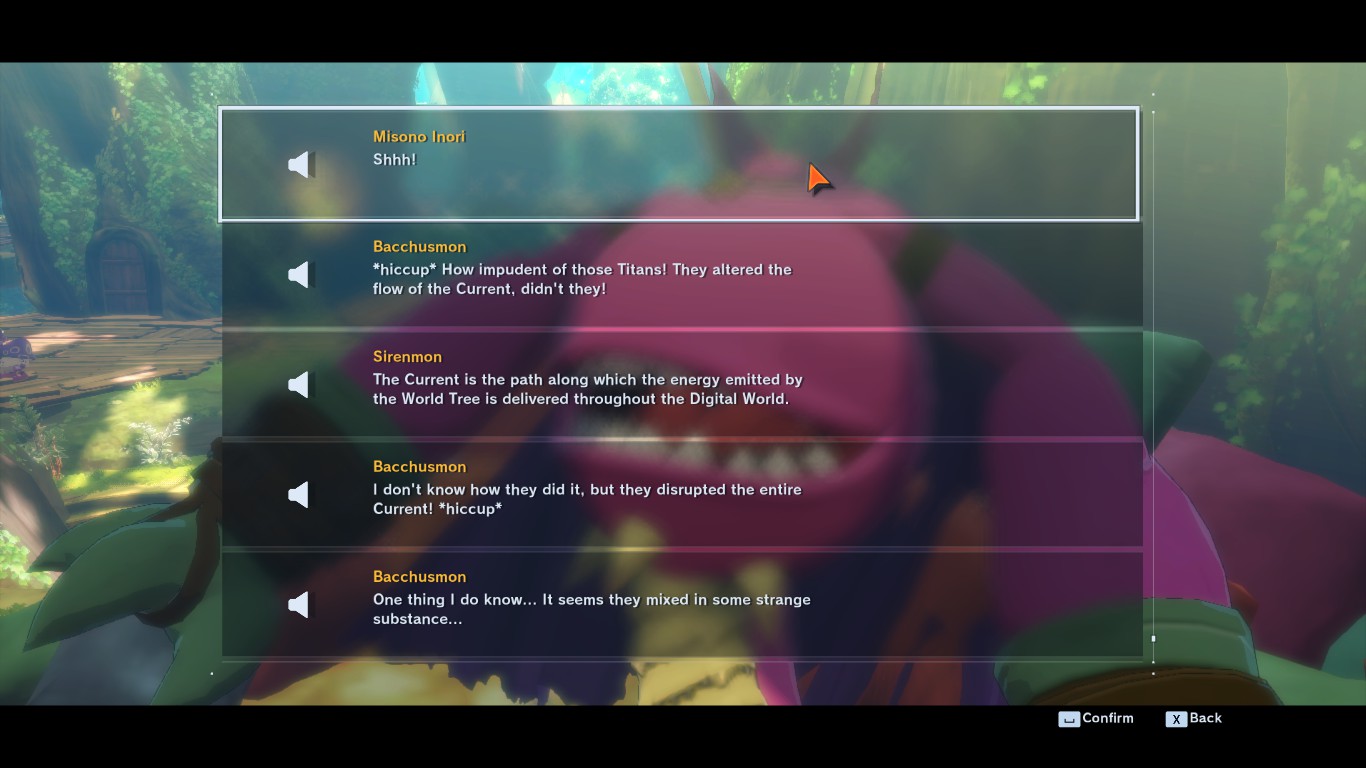
It does help that, for much of the narrative, the tables have turned and the Digital World’s former rulers have become refugees; revenge-driven hardliners would look a lot worse if they still had their homes. We meet good people and digimon on all sides of the war, and see something of the underlying motivations of even the most loathsome, who are still trapped in a culture where war and personal advancement are everything, or have good reasons to seek revenge.
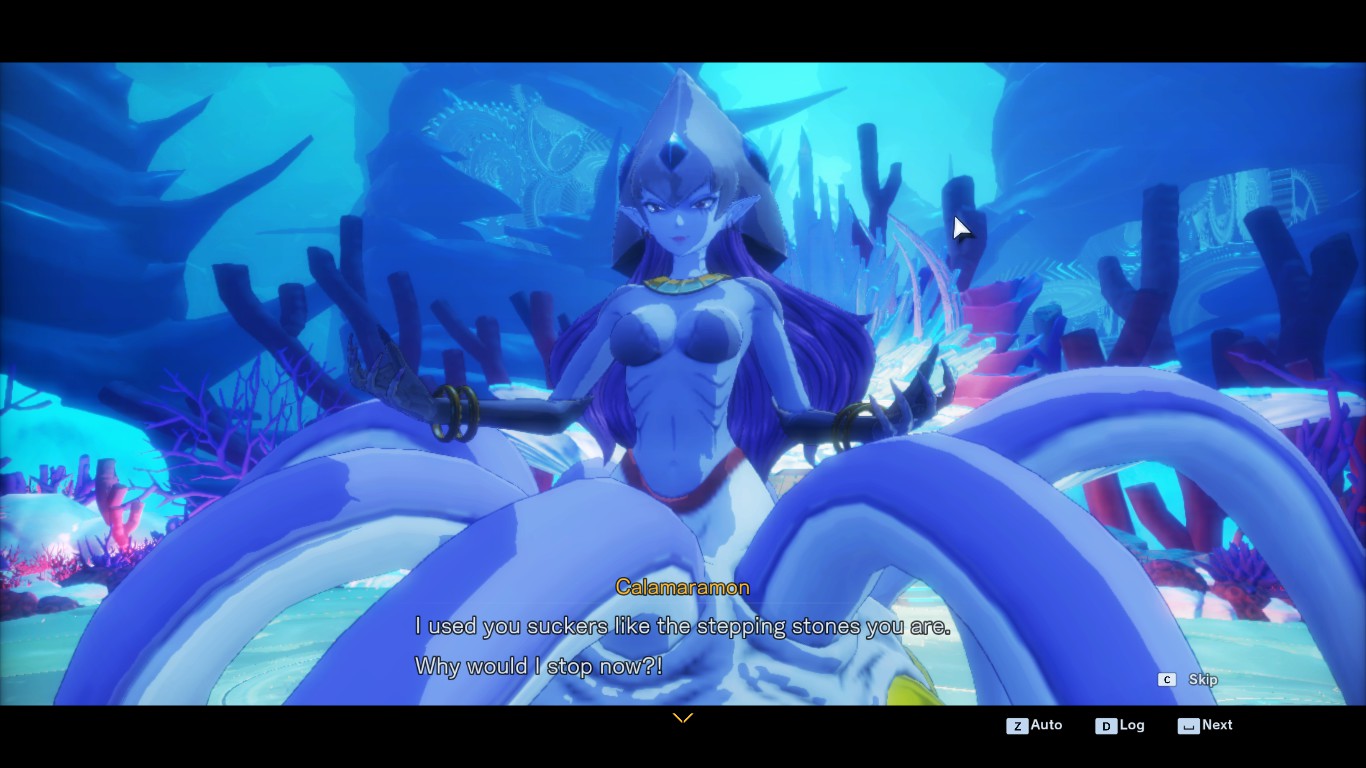 Even Shellmon, despite being one of the ‘good guys’ still has to resist the pressure of her own village to let a wounded titan die - and ends up saving it in the process.
Even Shellmon, despite being one of the ‘good guys’ still has to resist the pressure of her own village to let a wounded titan die - and ends up saving it in the process.
Some prominent titans in this future are old friends in new roles, another, the Hangyomon who Shellmon once nursed back to health, stands up to the leader of the titans to protect his new subjects, and a couple former members of the human security forces, appalled by what they’ve become, plays a big role during the game’s final arc. The game returns again and again to the same locations, and it’s really interesting to see how they’ve changed over time.
I’m really struck by how often the worst tragedies of Time Stranger are prevented because someone decided to do the right thing, regardless of their position, for someone who was supposed to be their “enemy”, and how doing that came with lasting consequences which changed this world for the better.
It’s the kind of story which I really hope people around the world experience and take to heart; there’s always the chance to do right by others, no matter how strongly your country or organization pressures you to ignore your conscience, and you can make more of a difference than you realize.
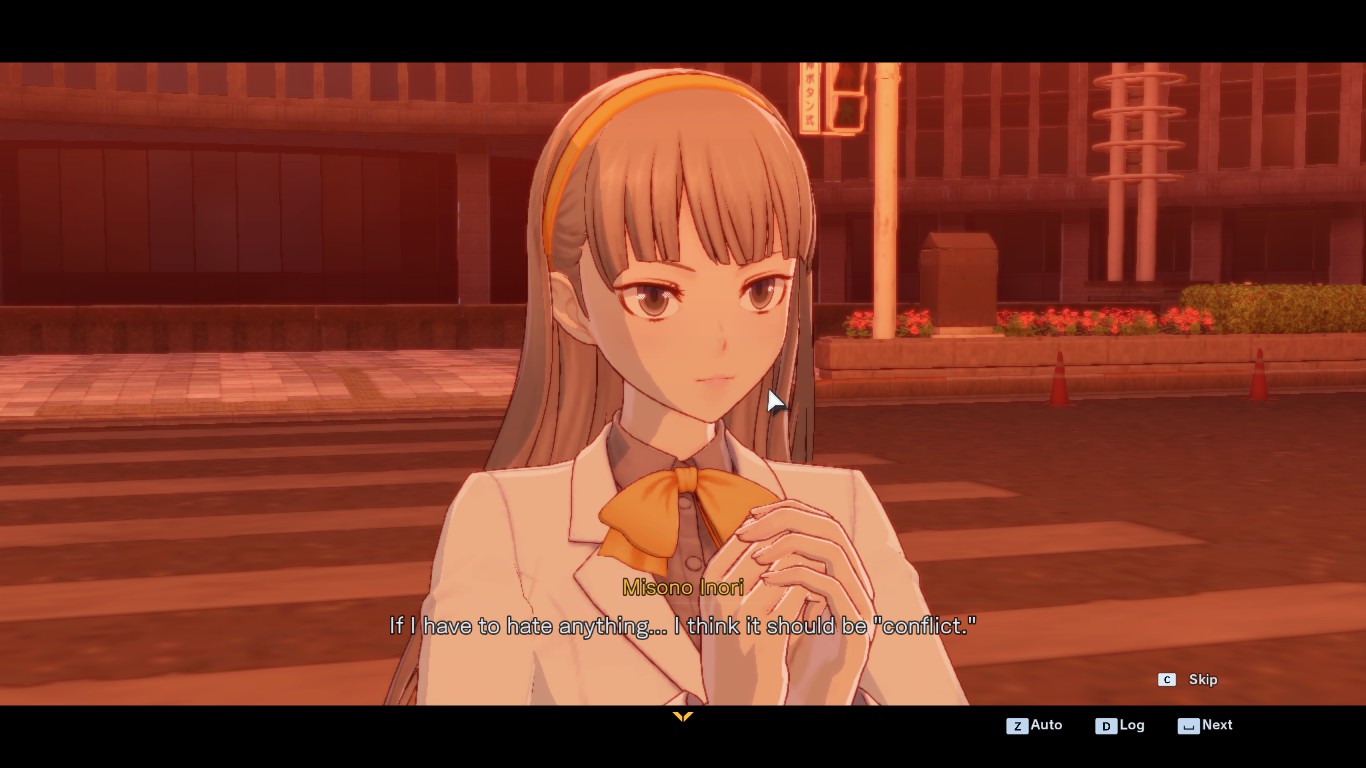
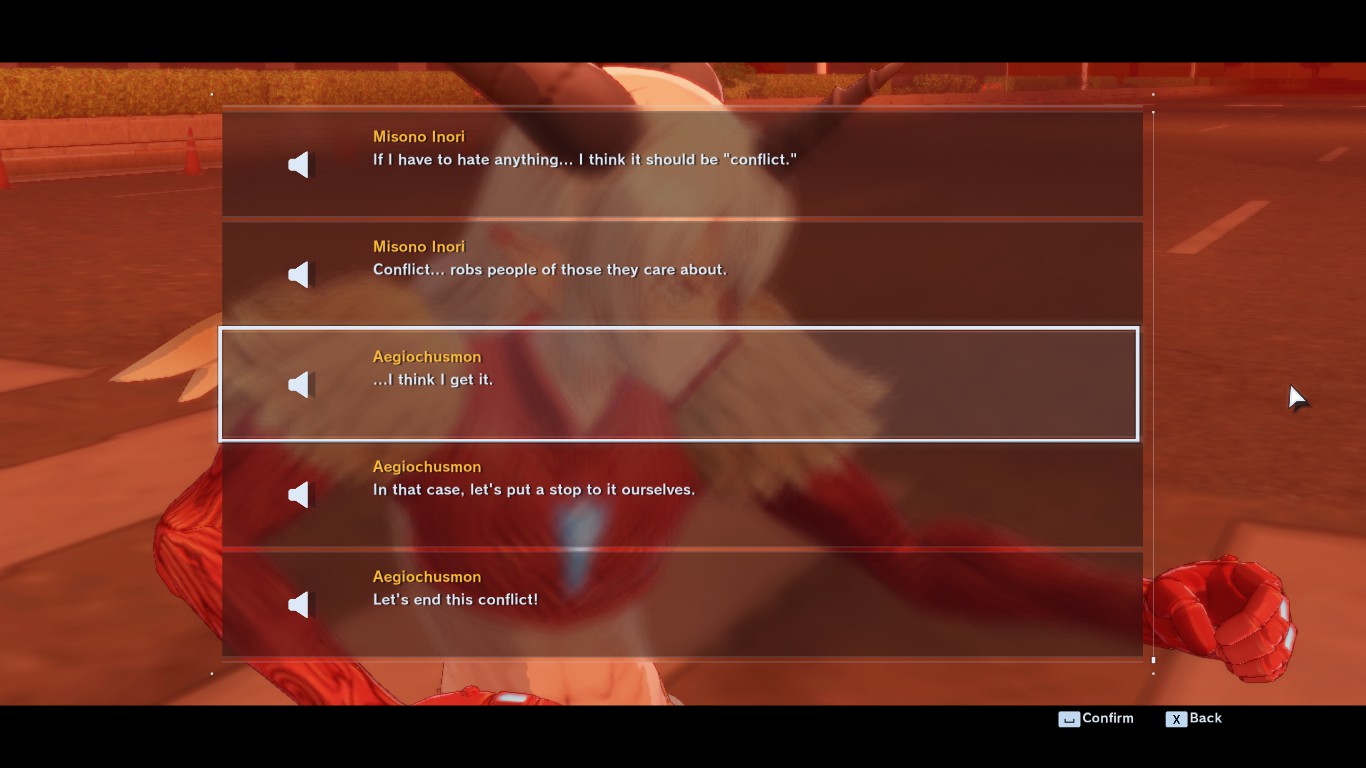
Like many wars, there is a sinister, secret motivation behind this one; unlike them, it is not simply patriotism being used as a cover for politicians seeking money or power, or arms dealers seeking profits, but the world’s underlying clock seeking to terminate his own life.
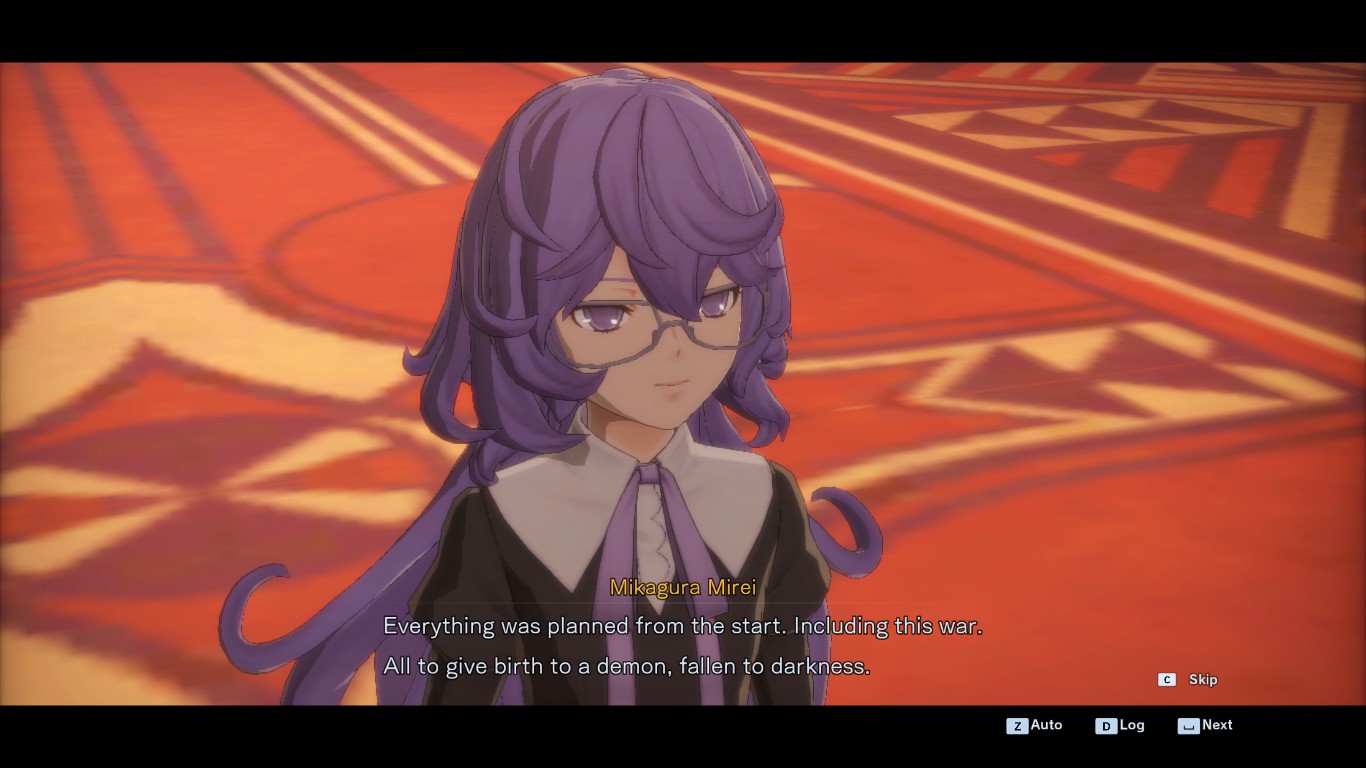
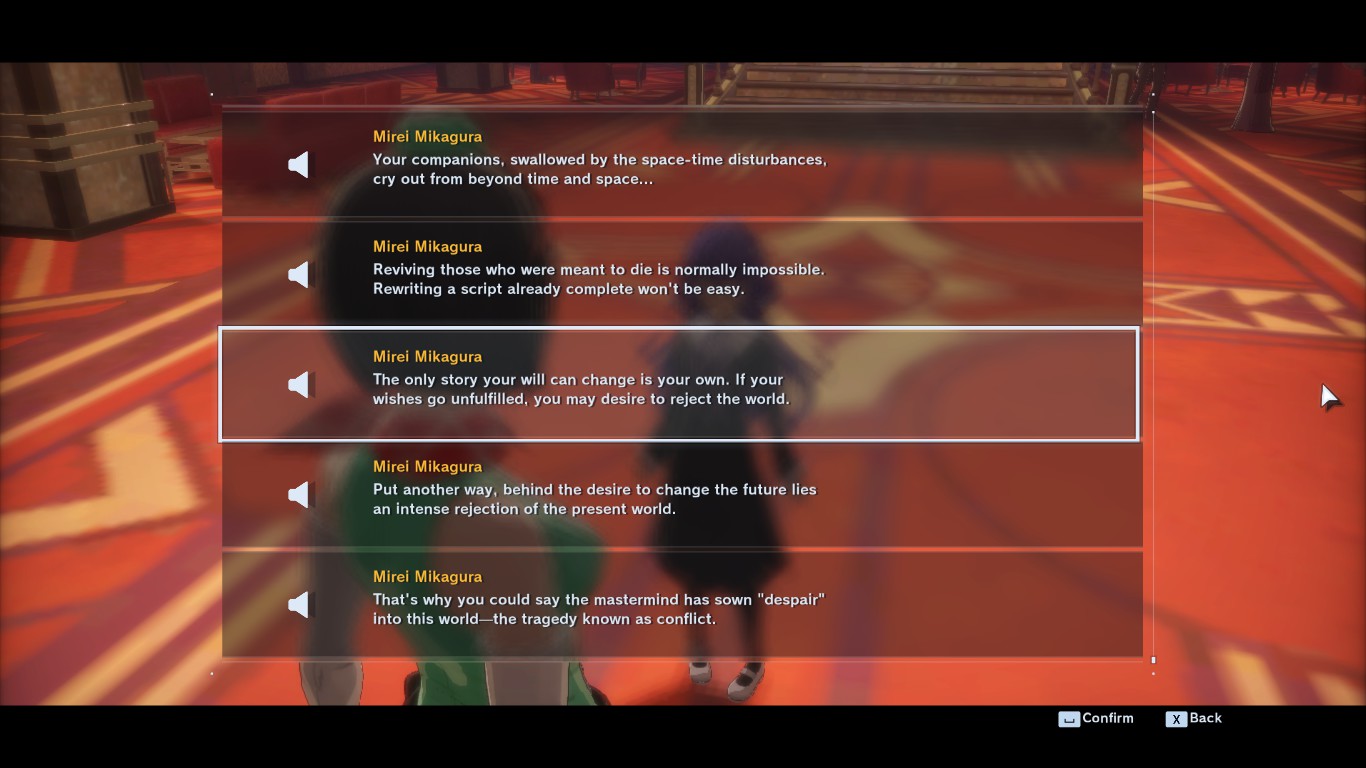
The mythological themes may not resonate quite as closely with our present-day reality, but there’s something really clever about bringing the concept of the Akashic Records into the Digital World. And Time Stranger makes the most of its setting, complete with Ogremon as the Ancient Greeks drew them.
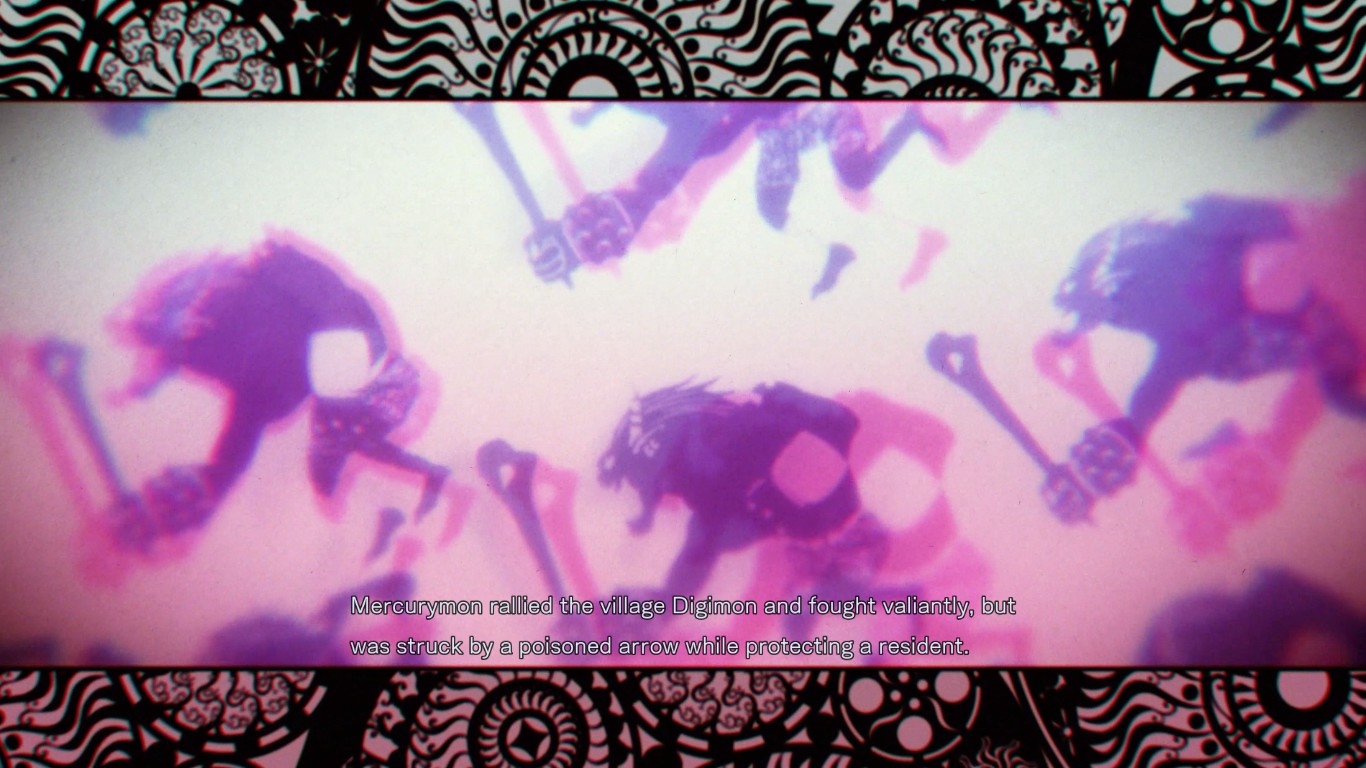 There’s something undeniably cool about these being the latest popular entries in a cultural tradition which goes back something like 2800 years. Mirai Nikki’s Gasai Yuno (or should I say Iuno?) is the archetypical yandere for a reason, and Junomon’s jealousy certainly causes some problems here, too.
There’s something undeniably cool about these being the latest popular entries in a cultural tradition which goes back something like 2800 years. Mirai Nikki’s Gasai Yuno (or should I say Iuno?) is the archetypical yandere for a reason, and Junomon’s jealousy certainly causes some problems here, too.
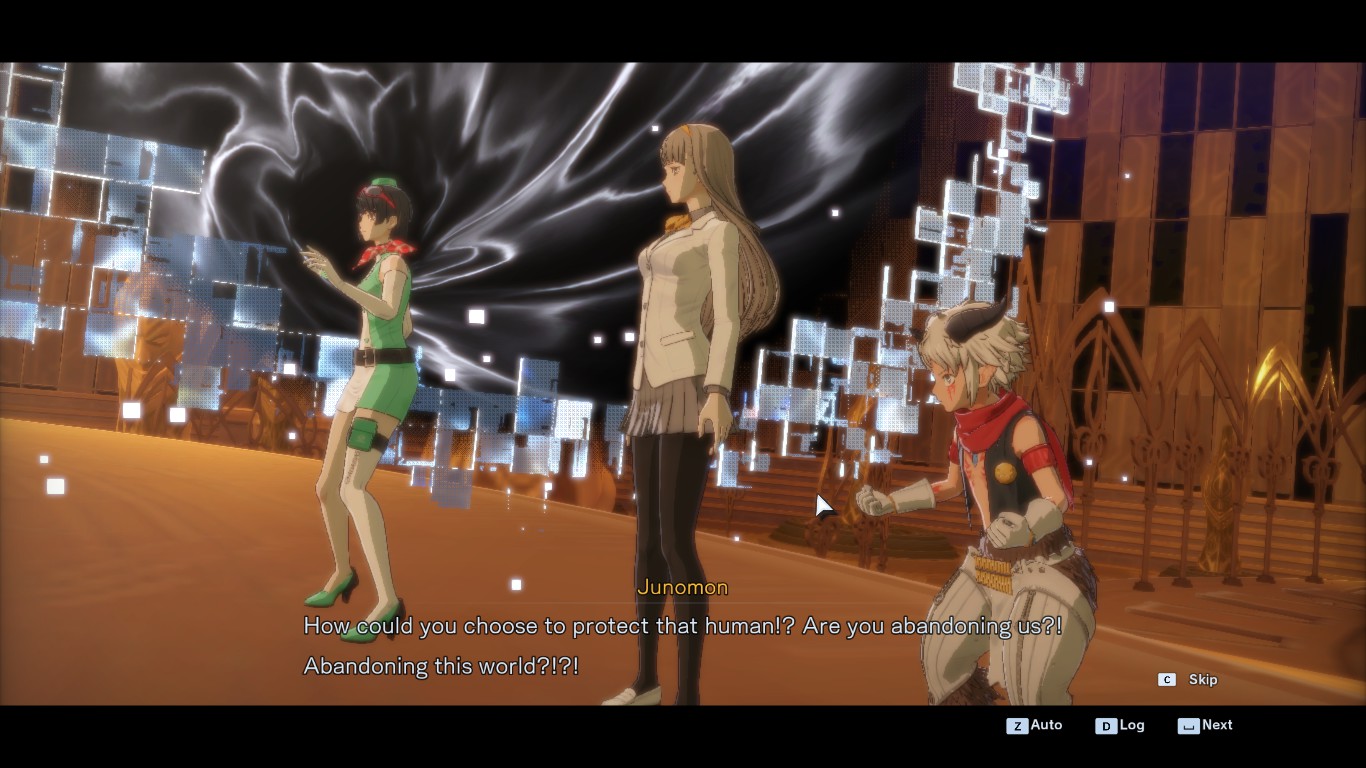 The Iliad itself, lest we forget, is a war story, and often feels like a bitter lament for a war which led (at least in myth; the historical interactions between the Ahhiyawa and Wilusa, although often involving wars, are significantly more ambiguous) to the Late Bronze Age Collapse, perhaps the closest thing humanity’s ever seen to a real apocalypse; naming this digital world “Ilios” is suitable in more ways than one!
The Iliad itself, lest we forget, is a war story, and often feels like a bitter lament for a war which led (at least in myth; the historical interactions between the Ahhiyawa and Wilusa, although often involving wars, are significantly more ambiguous) to the Late Bronze Age Collapse, perhaps the closest thing humanity’s ever seen to a real apocalypse; naming this digital world “Ilios” is suitable in more ways than one!
There is a point late in the story where you, as the player, must unwind tragedy after tragedy, going back and forth to prevent tearjerking scene after scene, often culminating (in the bad timeline) in the death of one of the Olympus Twelve. But the ultimate tragedy is one you’re powerless to prevent – there’s only one ending, but when I beat this game, it felt like I hadn’t reached the True End.
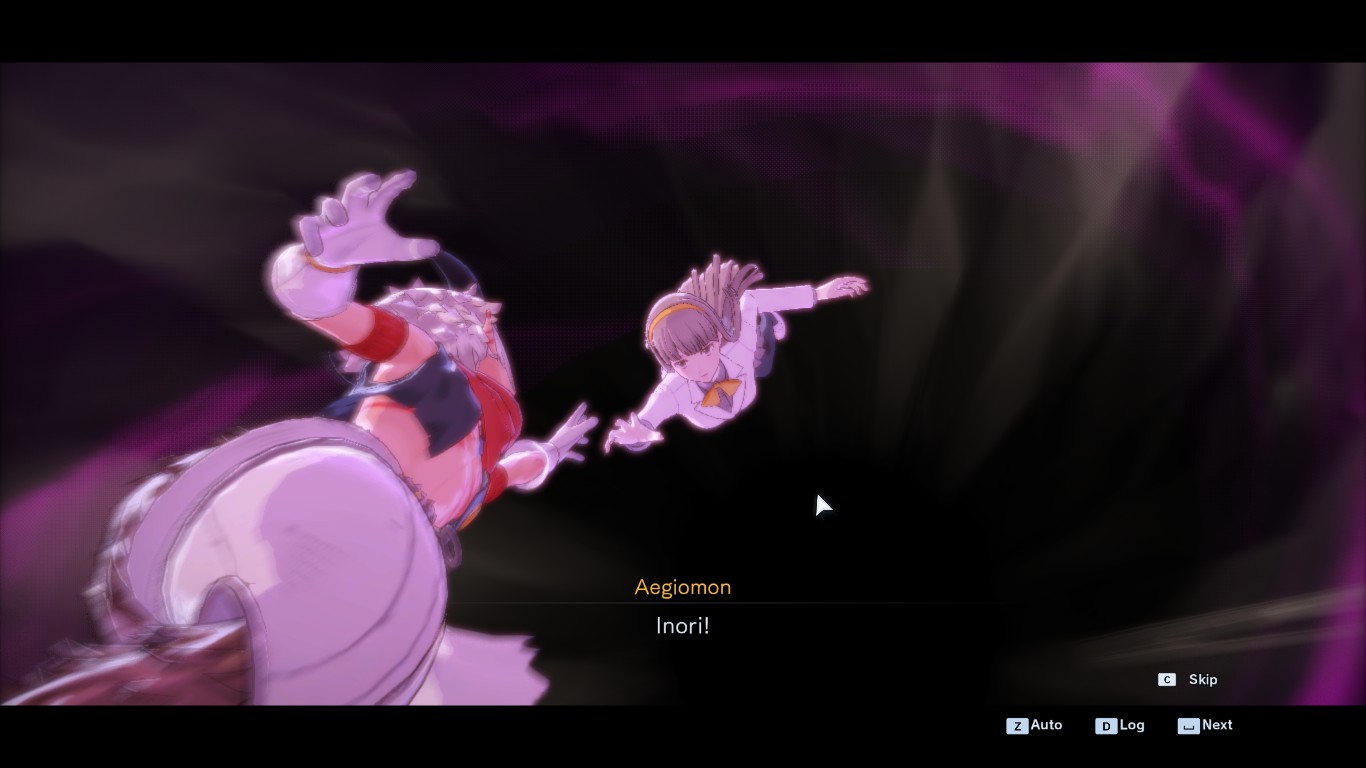
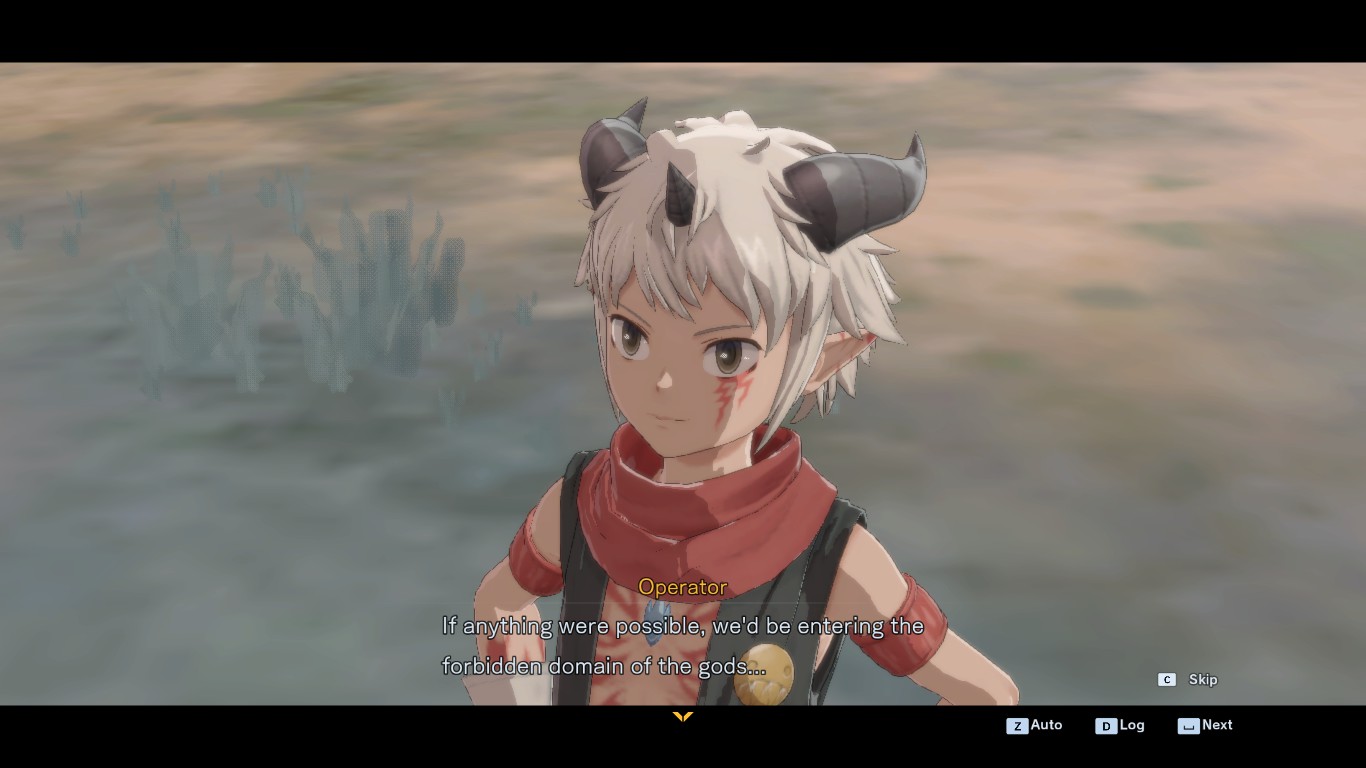
I suppose that’s a commentary on reality, or on the difficulties of time travel – or maybe it’s just the best that the player character could do. The loss of dead loved ones to war is not so easily erased, and people have spent thousands of years telling stories of attempts to bring back the dead. It’s a bittersweet ending, but a powerful one, if not completely satisfying.
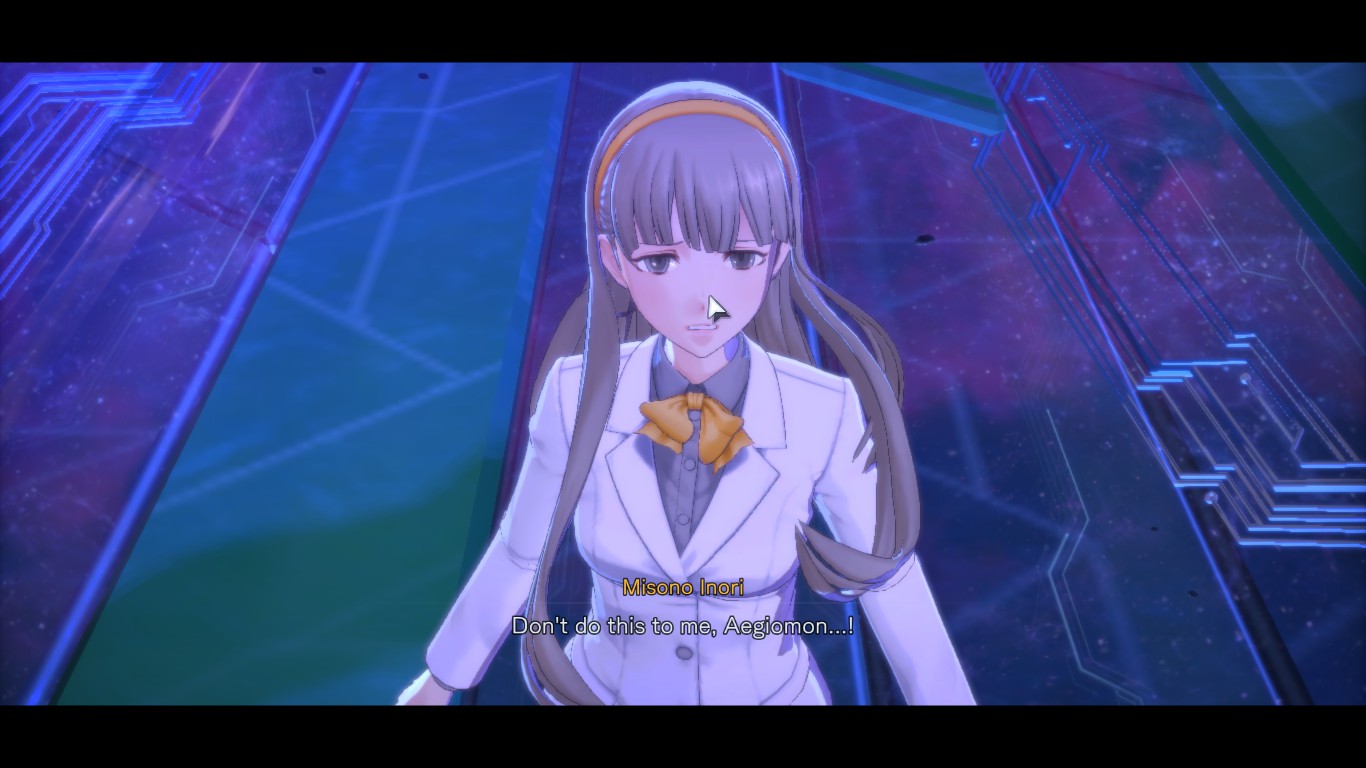
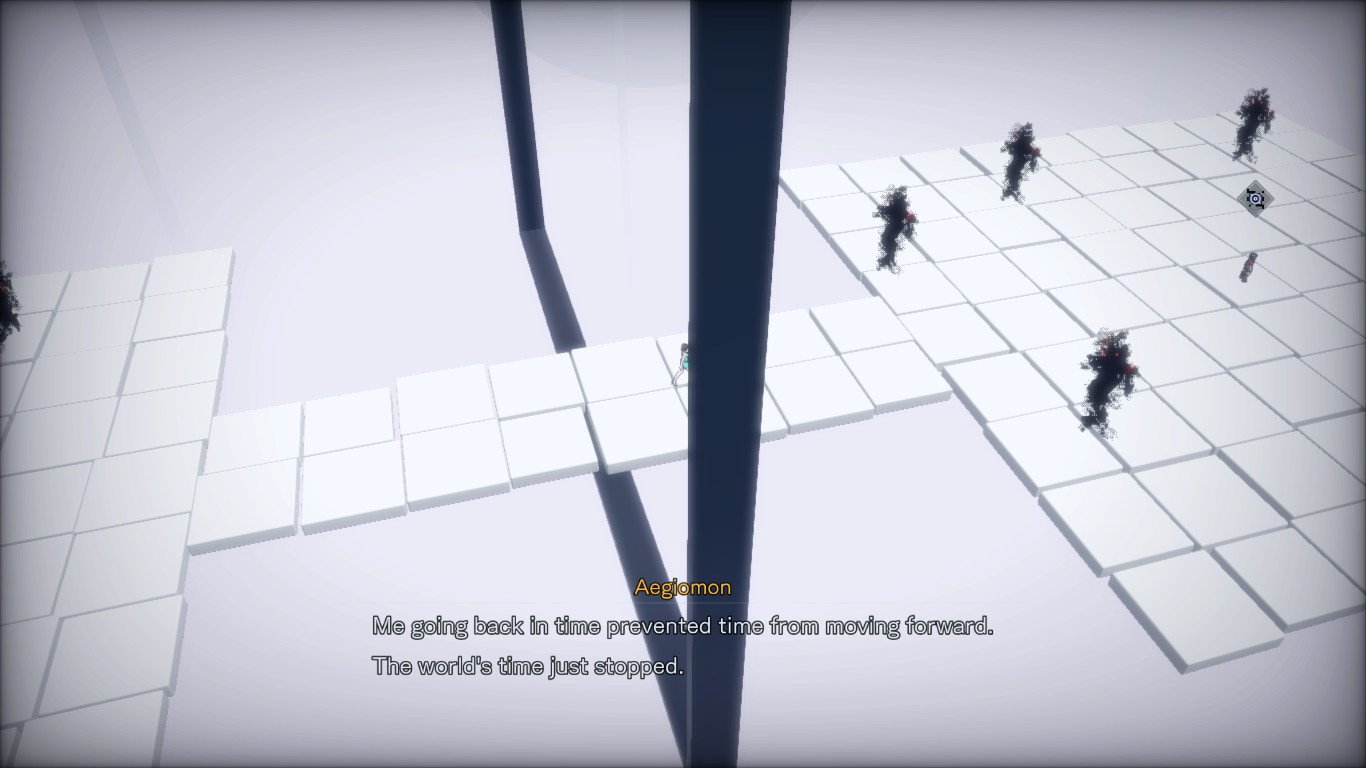
And it’s a wonderful game that I strongly recommend!
